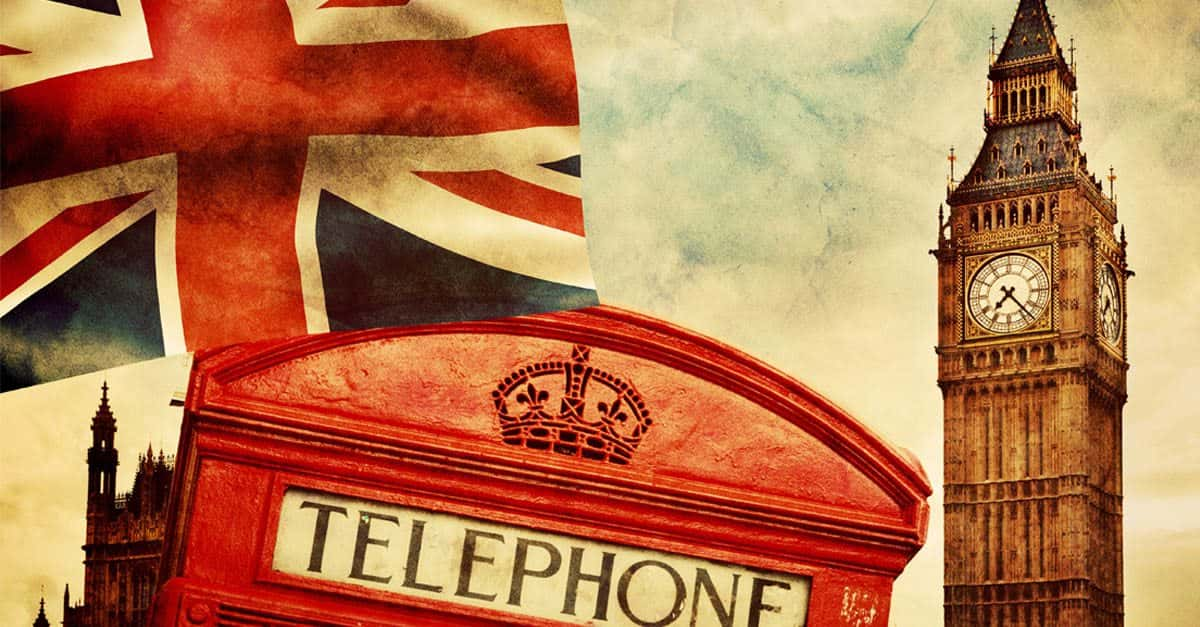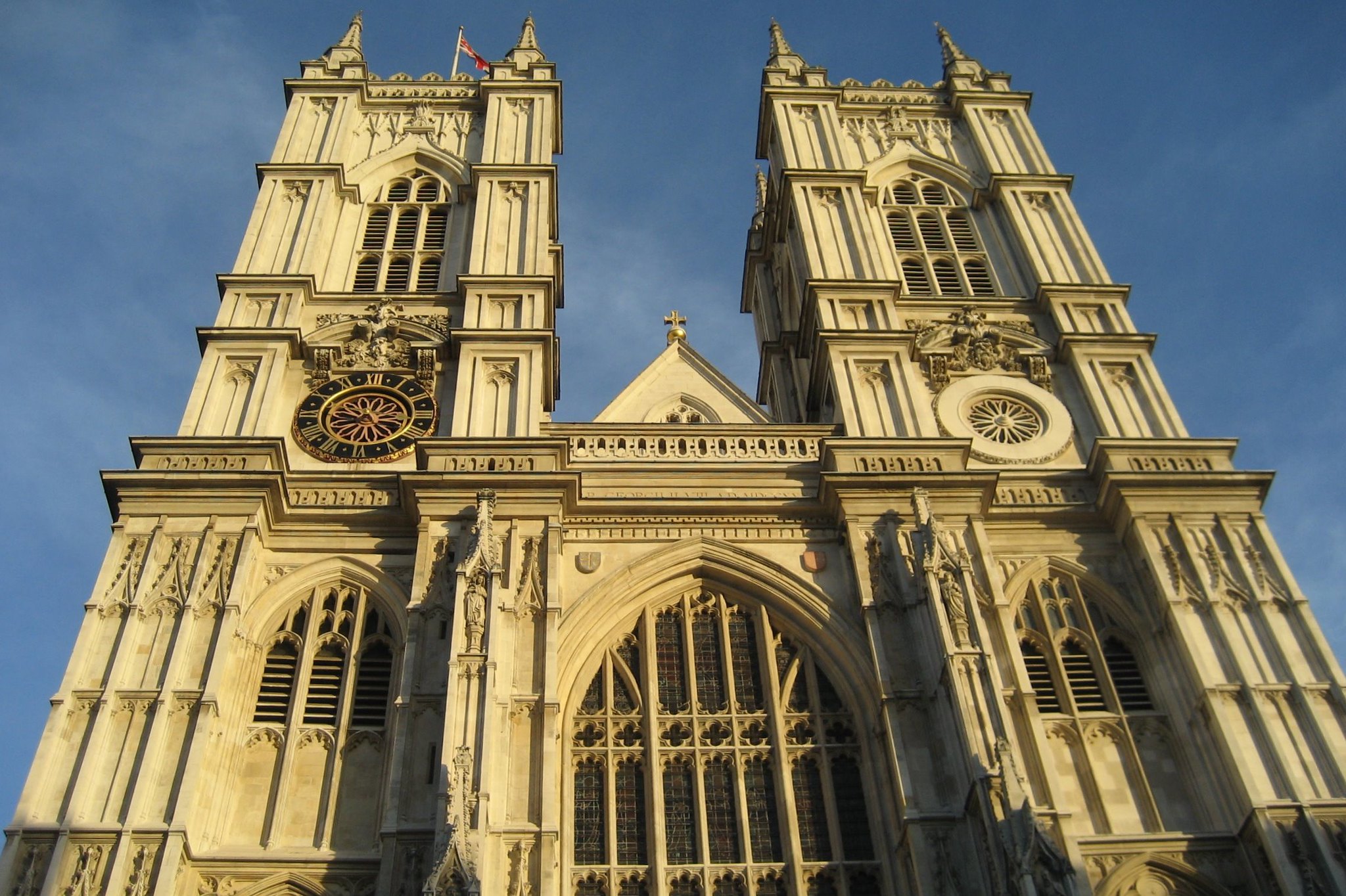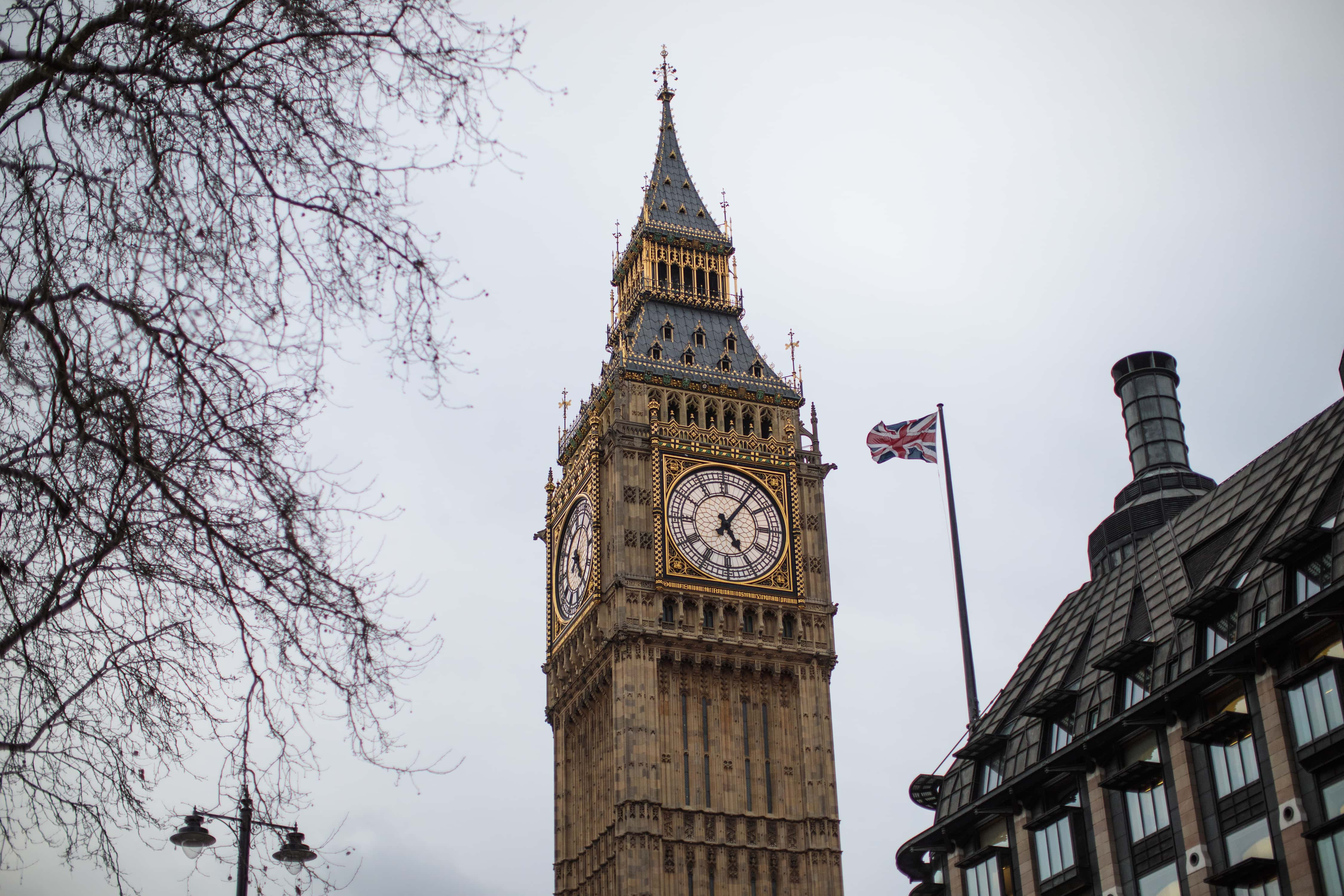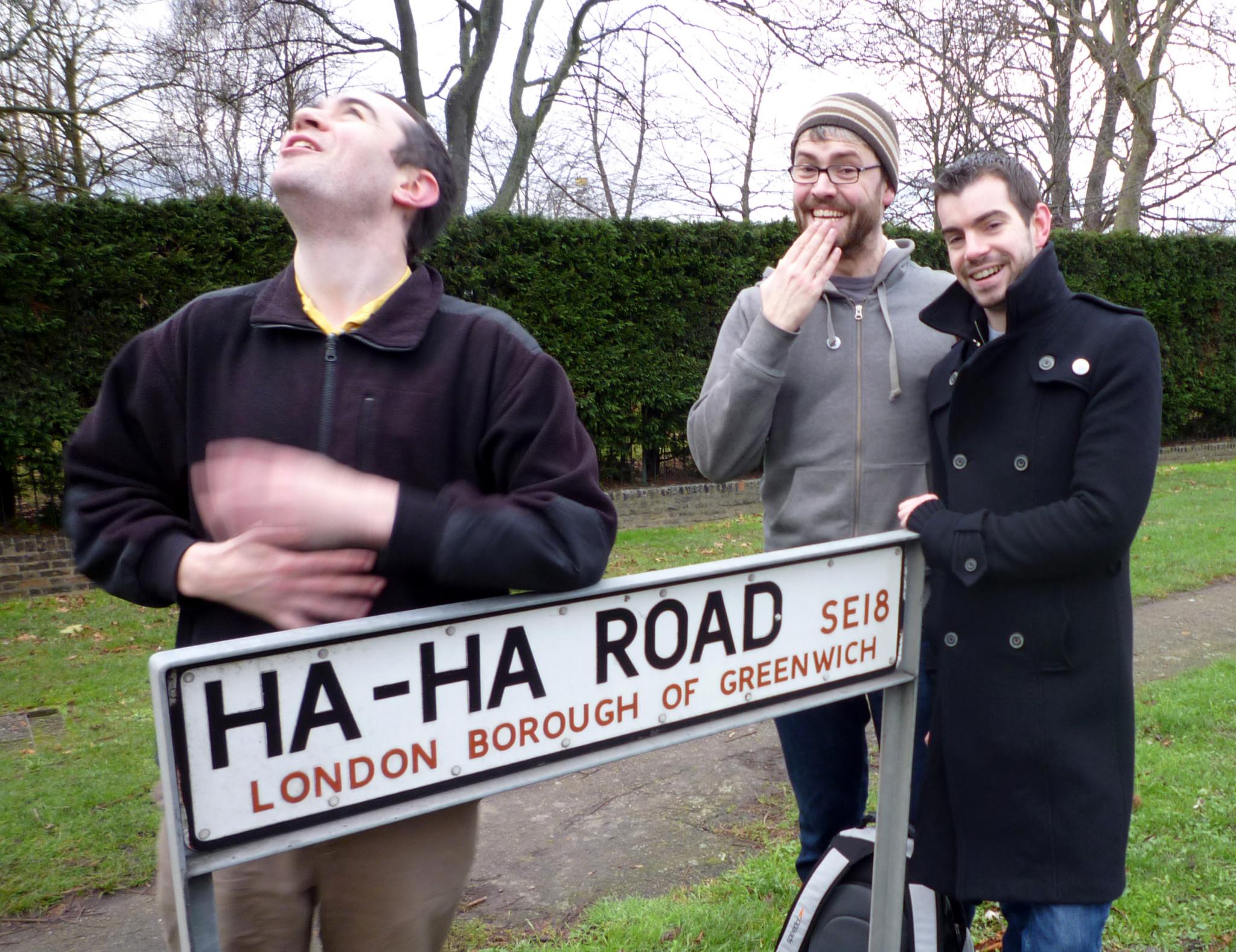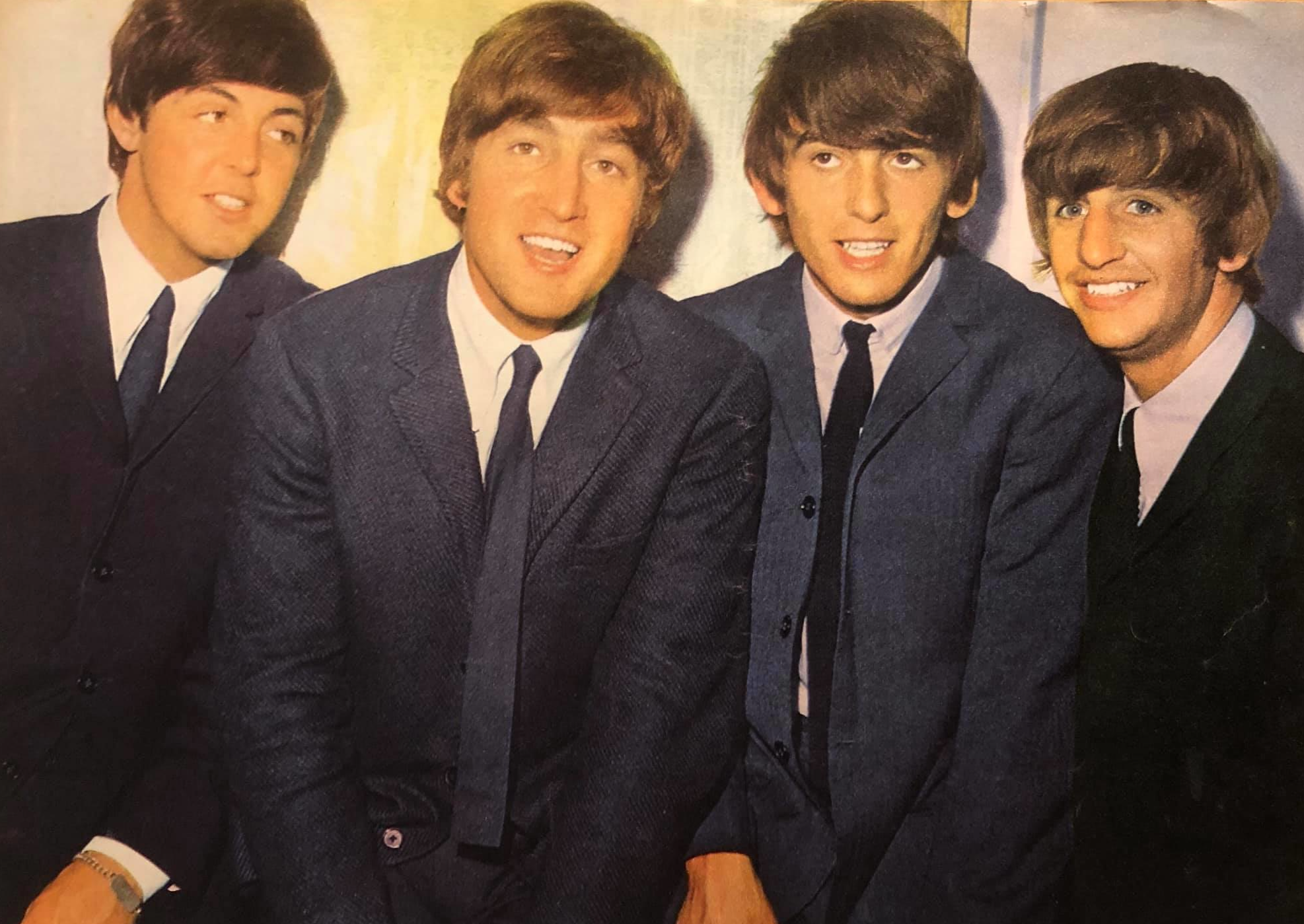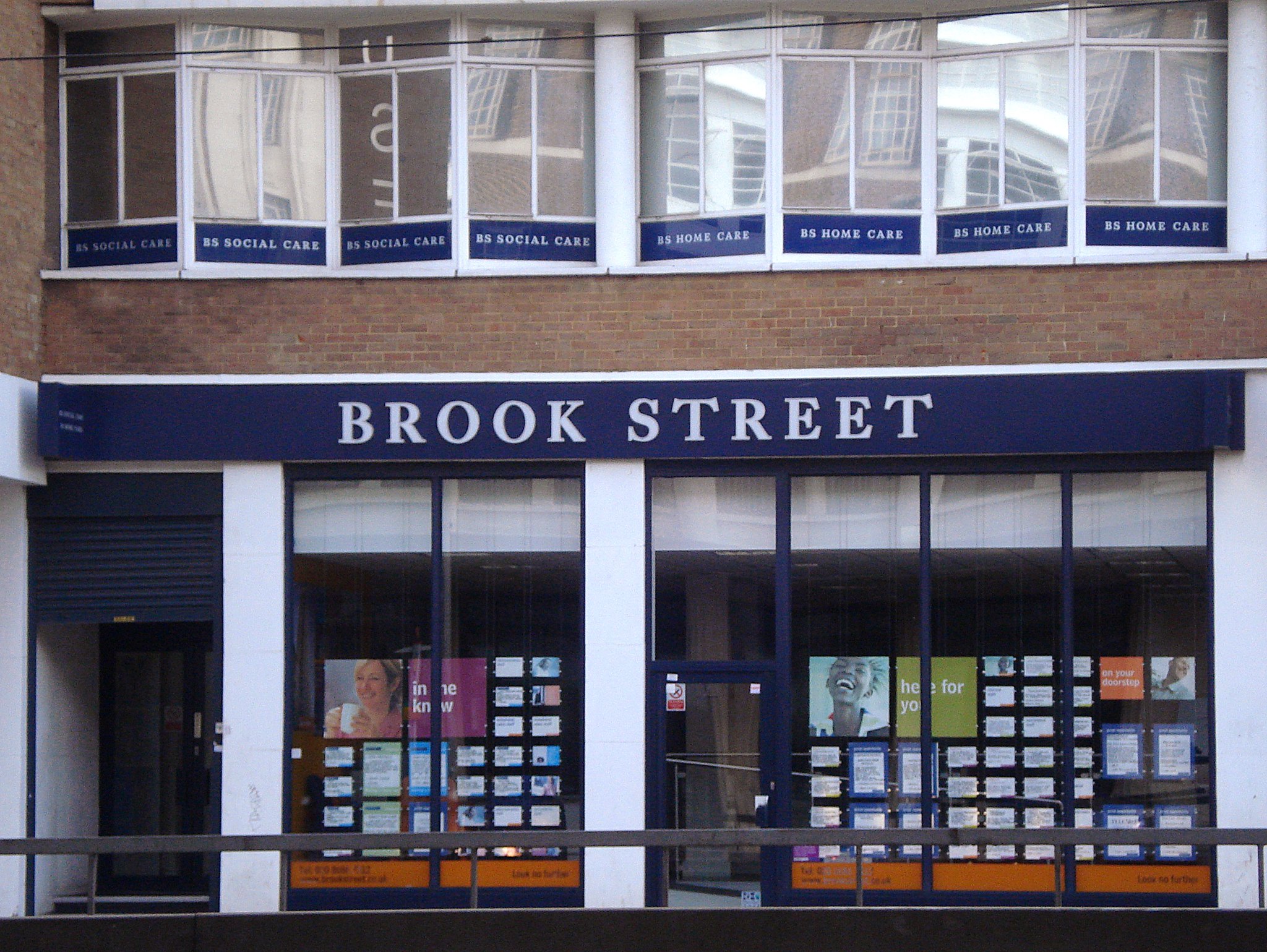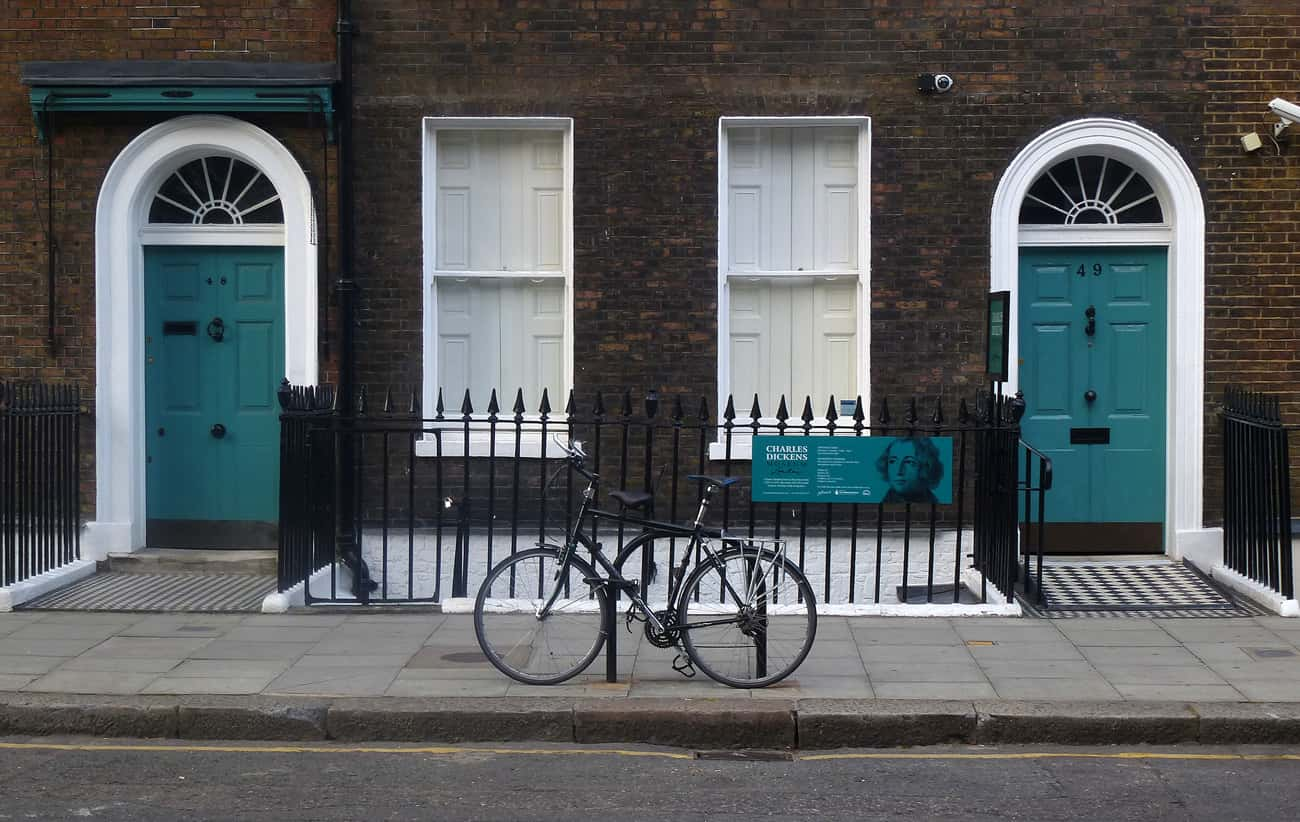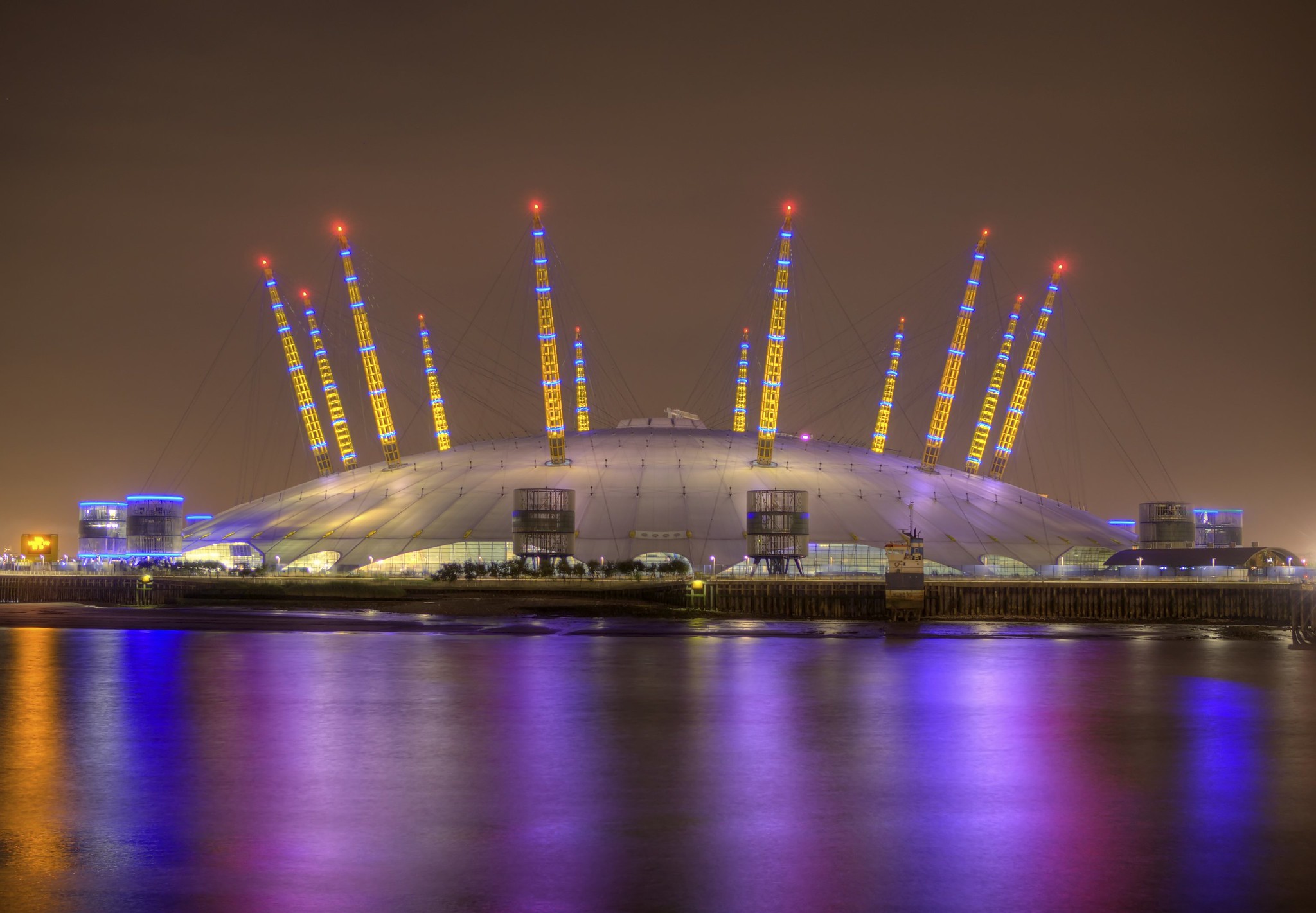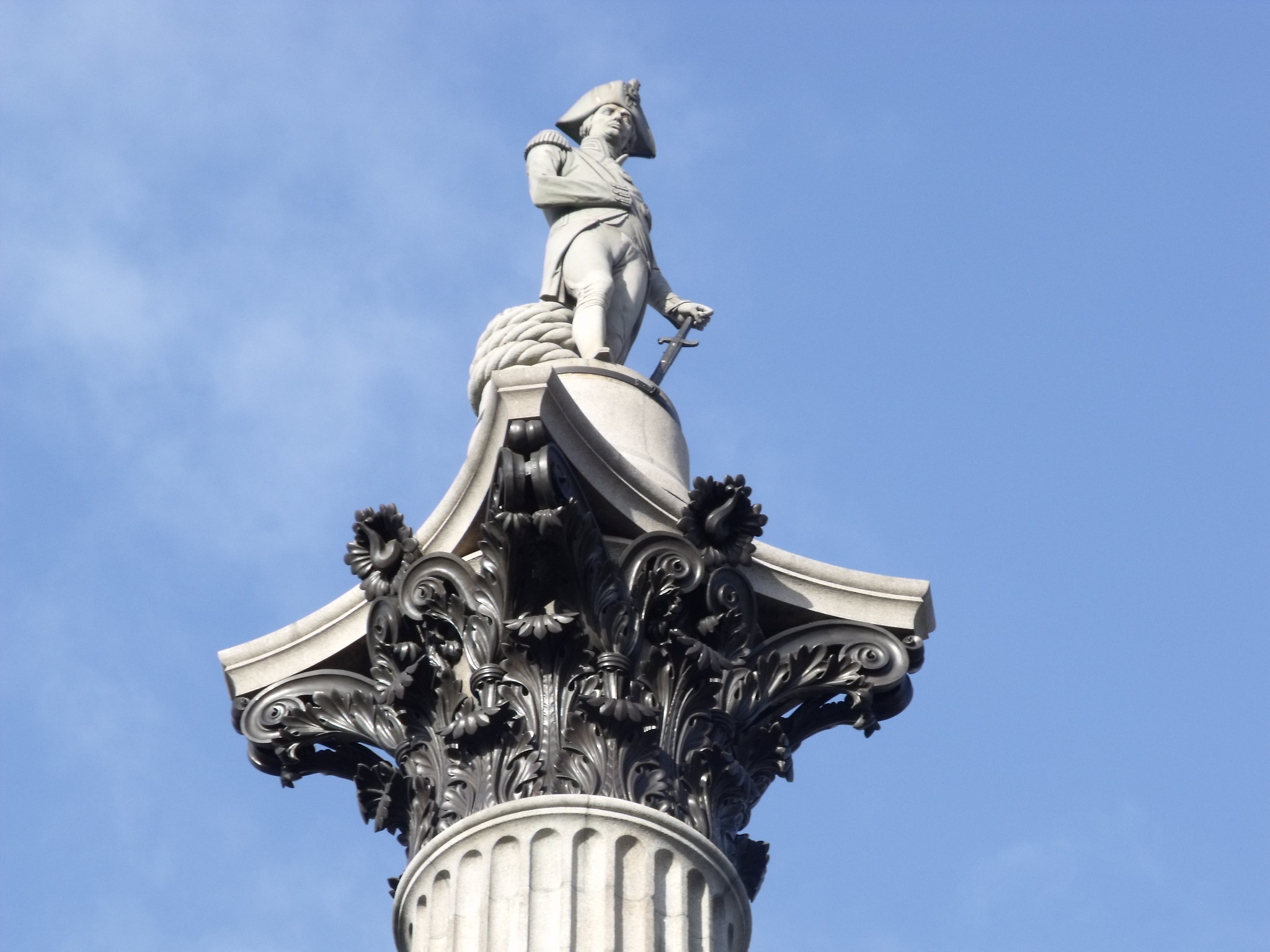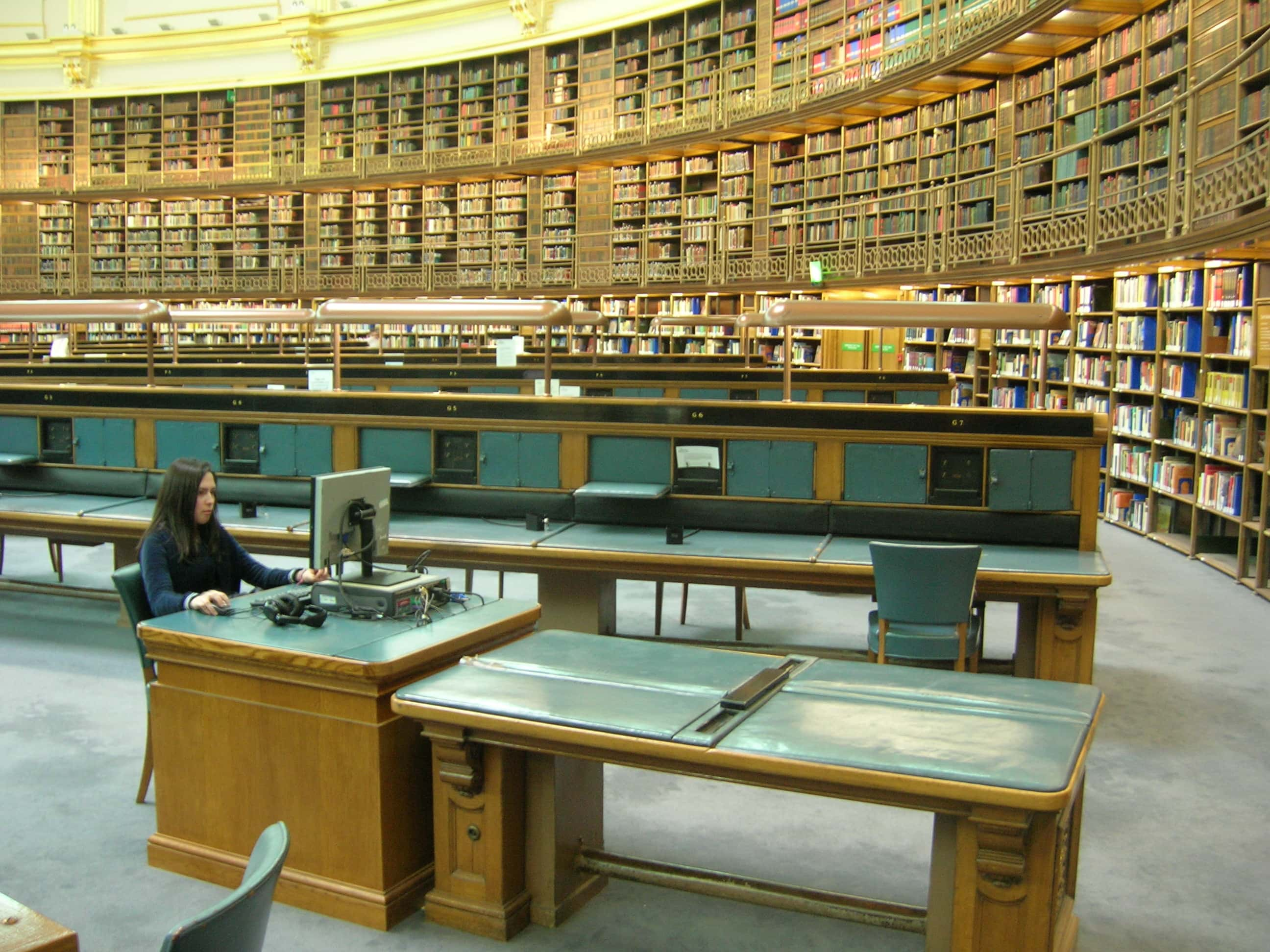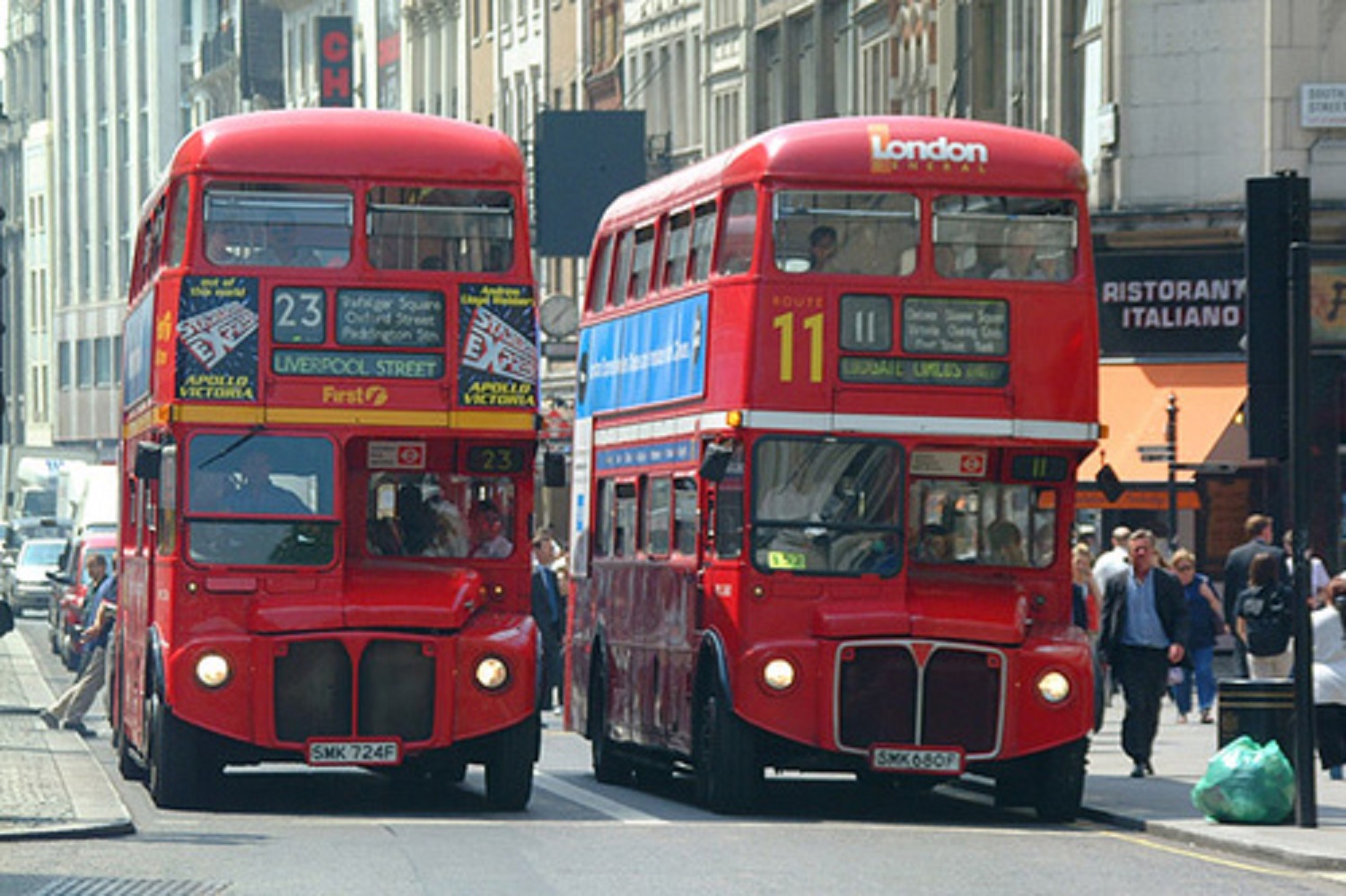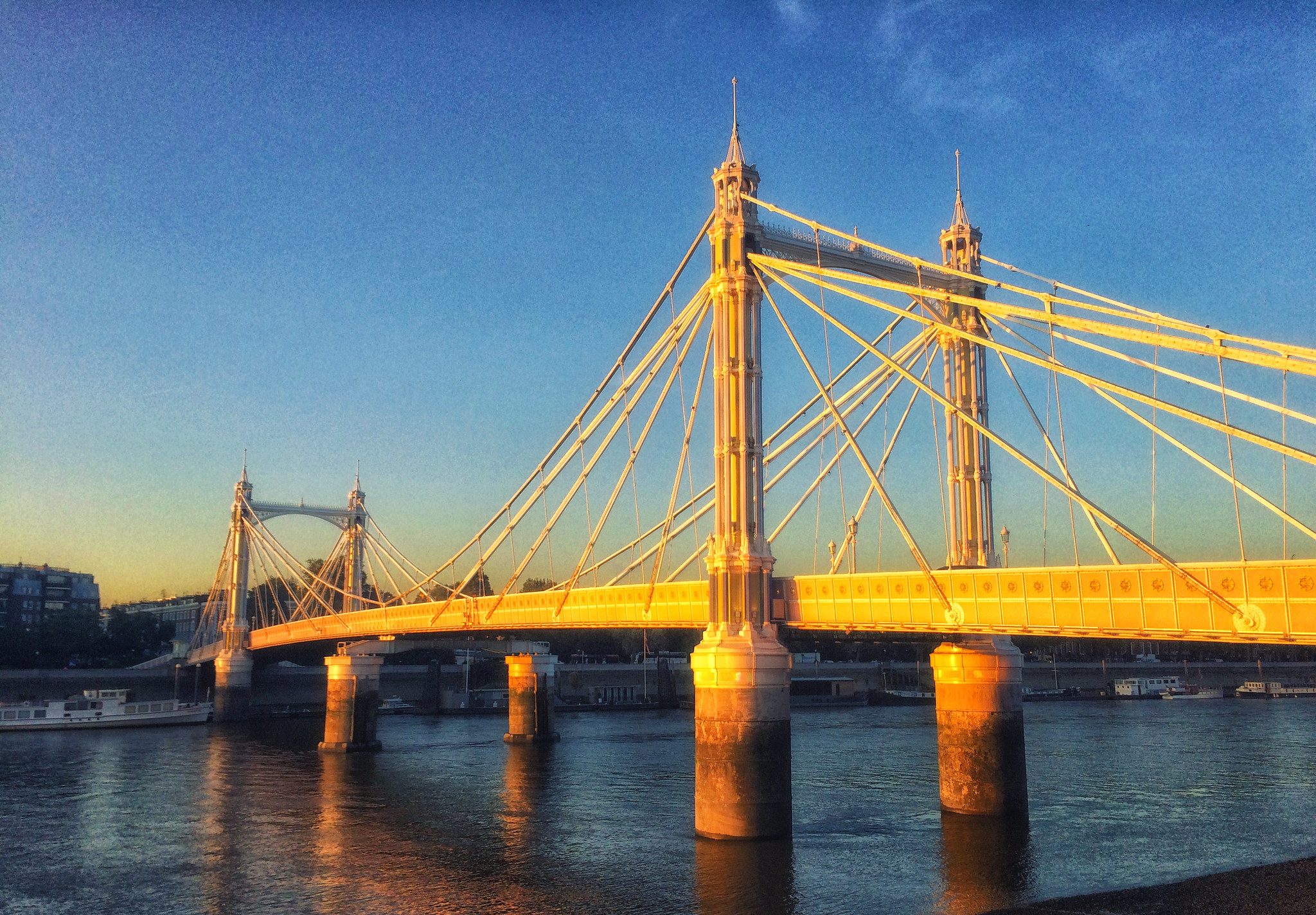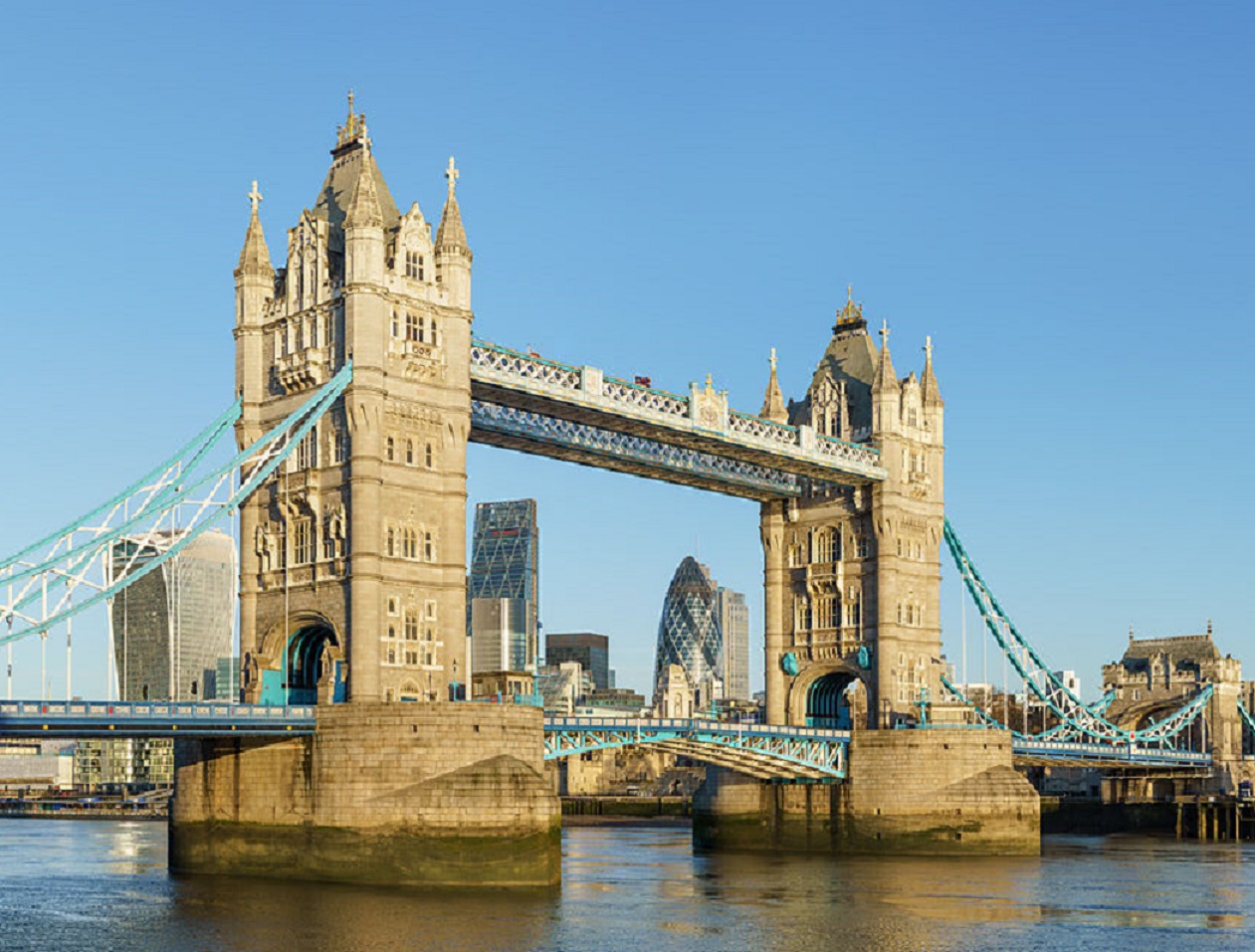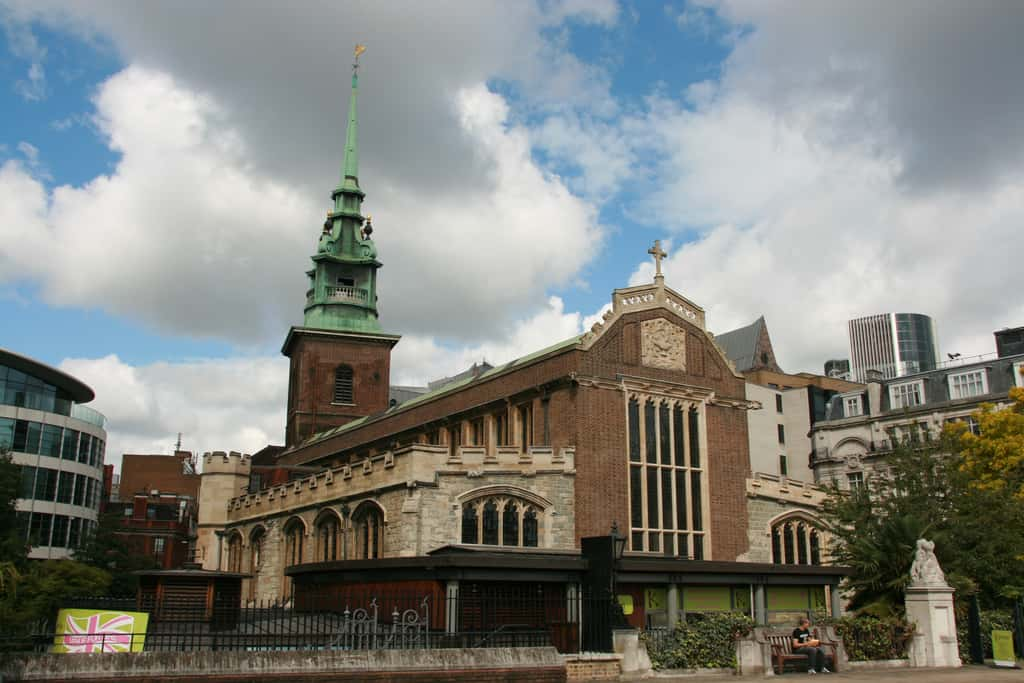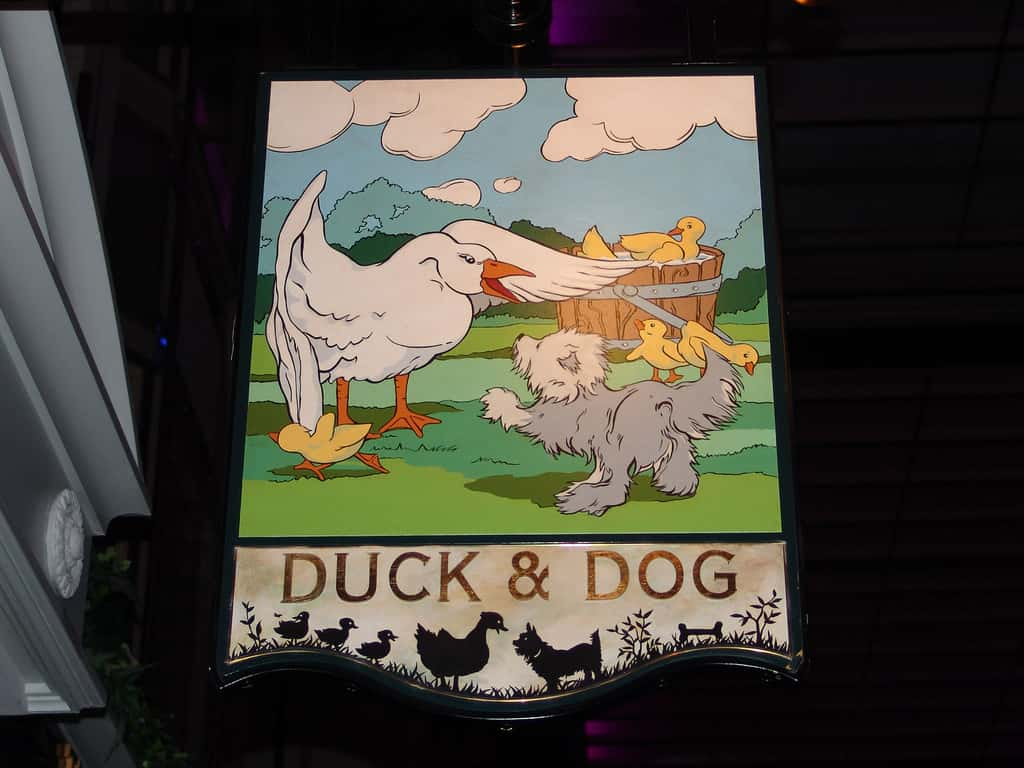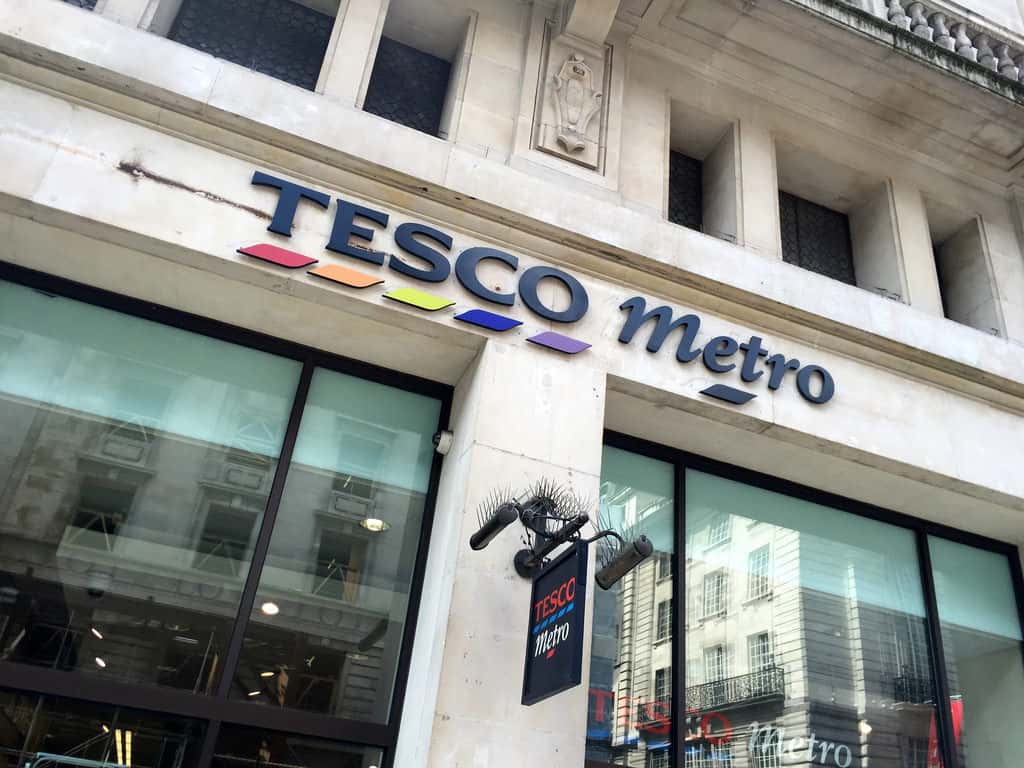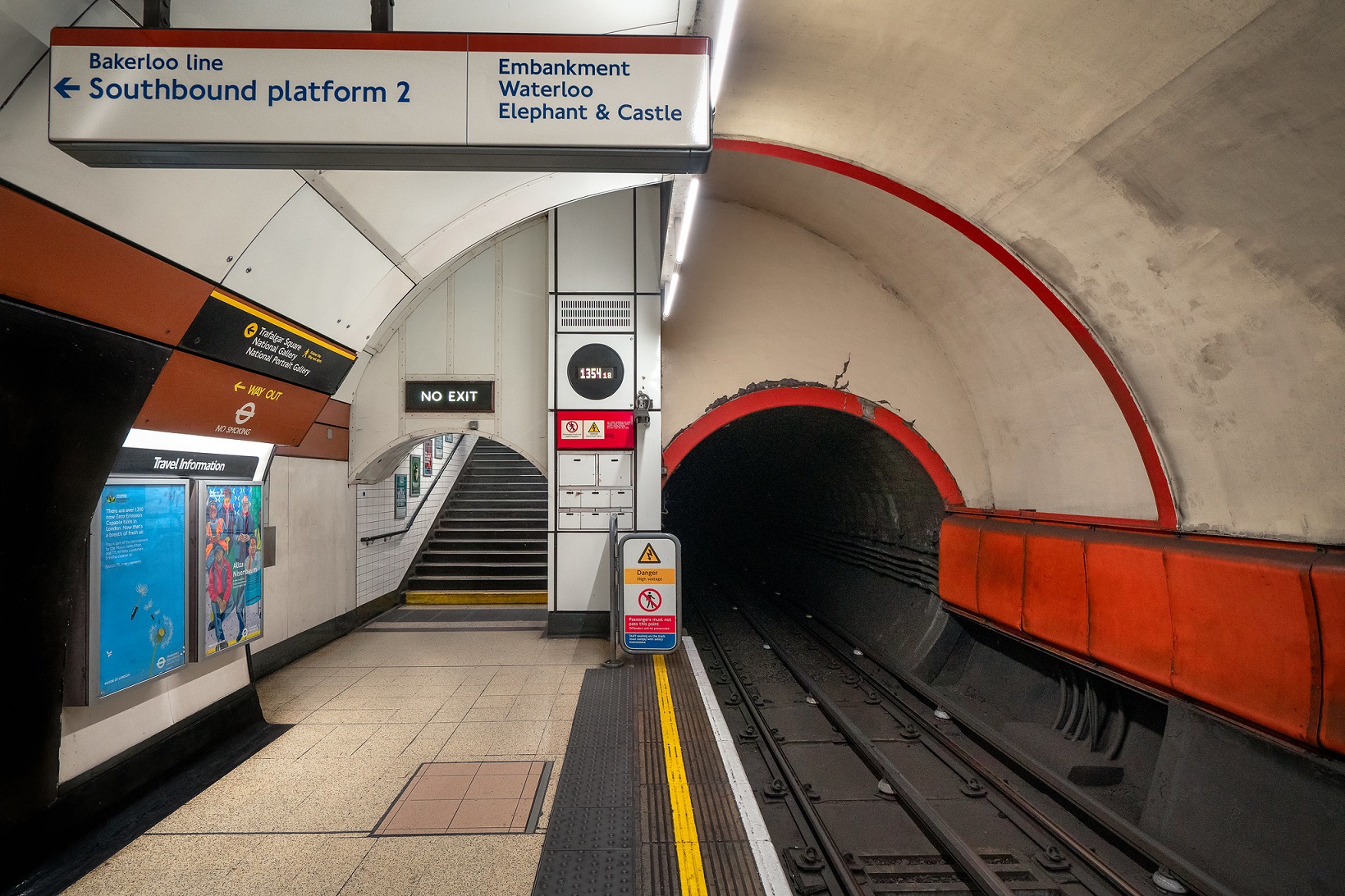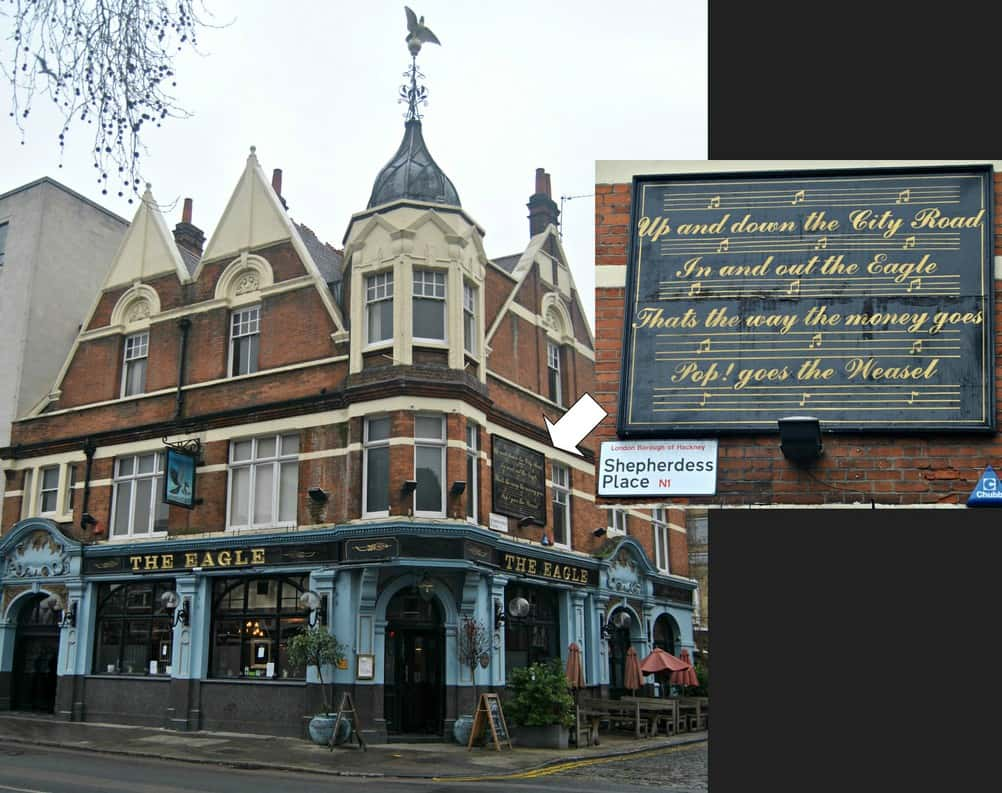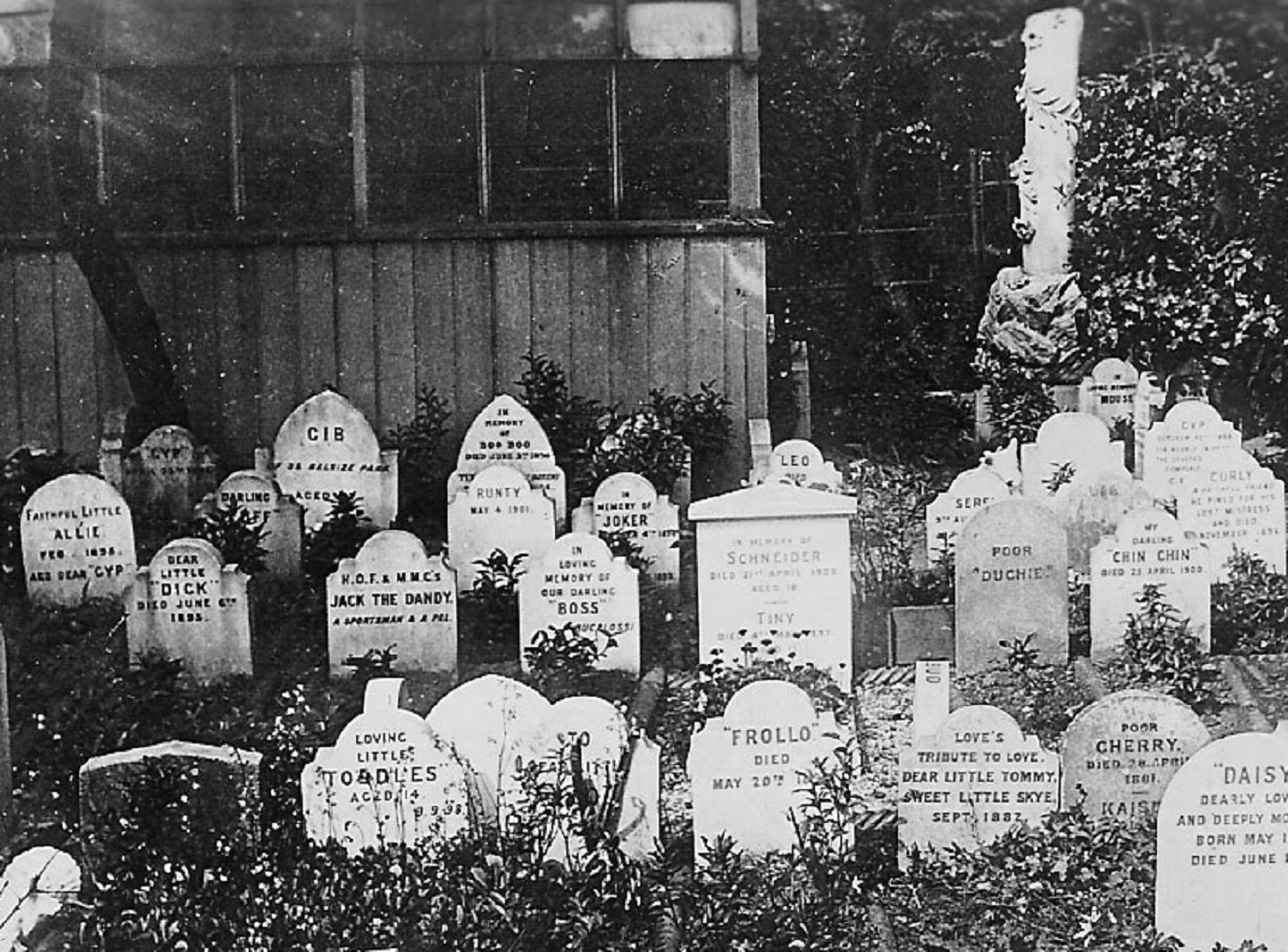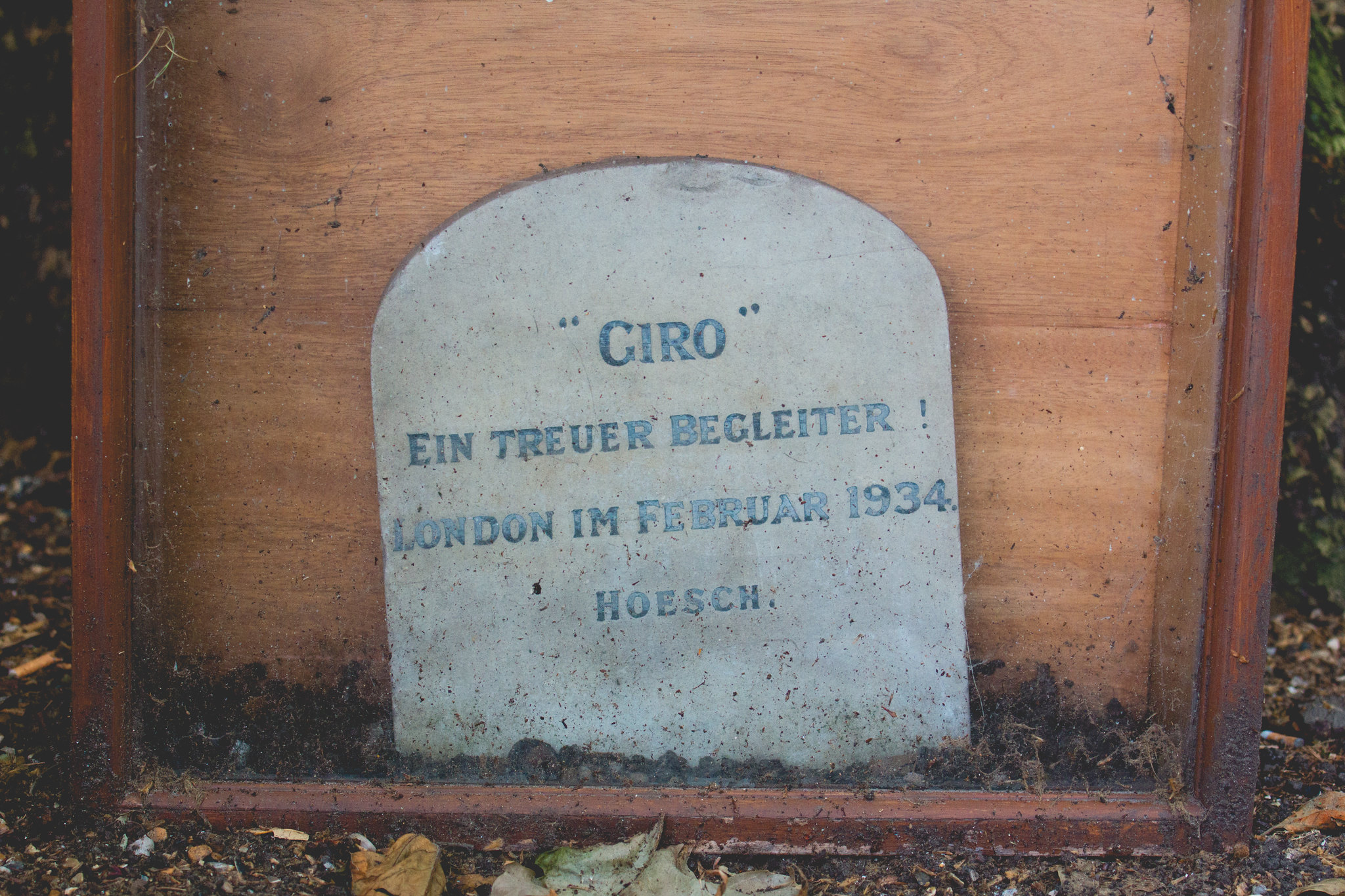London is the capital and largest city in England in terms of land and population. It was initially founded by the Romans who named it Londinium. Since the 19th century, "London" has also referred to the sprawling metropolis surrounding the old city Londinium. London has been a major settlement for over two millennia. Facts about this ancient city could also go on for two millennia but we decided to cut it down a bit. Here's our list of little known facts about London.
London Facts
1. Palace of Westminster
The Houses of Parliament are officially known as the Palace of Westminster and it is the largest palace in the country. The Palace of Westminster features eight bars , six restaurants, 1,000 rooms, 100 staircases, 11 courtyards, a hair salon, and rifle-shooting range. Technically it is illegal to die in the palace.
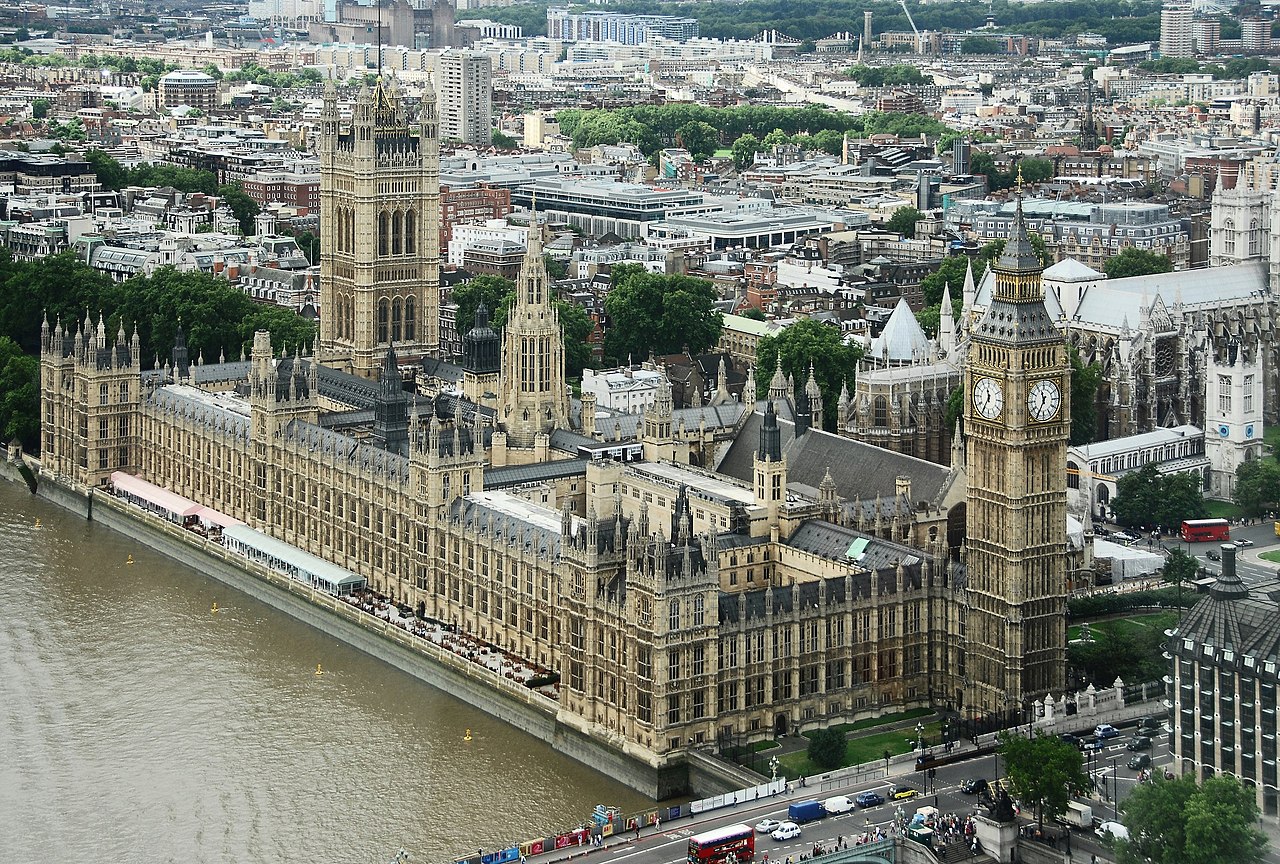 David Hunt, UK, CC BY 2.0, Wikimedia Commons
David Hunt, UK, CC BY 2.0, Wikimedia Commons
2. Westminster Abbey
Many famous historical figures are buried at Westminster Abbey. The tomb of poet Edmund Spenser is there and is rumoured to contain unpublished works by other renown poets and authors such as Shakespeare. Other notable graves in the Abbey include Sir Isaac Newton and Geoffrey Chaucer.
3. Big Ben's a Bell
Big Ben is the bell, not the clock tower. Its chime is in the key of E.
4. Some Unique Street Names
Cock Lane, near Holborn Viaduct, didn’t get its name due to any association with poultry, but because it was the only street to be licensed for prostitution in medieval times. Other Unusual street names in London include Ha Ha Road in Greenwich, Hooker’s Road in Walthamstow, Quaggy Walk in Blackheath, and Cyclops Mews and Uamvar Street in Limehouse.
5. Apple Records
The Beatles played their last gig on the roof of Apple Corps, the record label they founded, at 3 Saville Row. It’s now an Abercrombie & Fitch store. We think it's what they would have wanted.
6. Brook Street
Jimi Hendrix lived at 23 Brook Street, which has been used as offices but is now being converted into a museum. Two doors down at 25 Brook Street is where the famous composer Handel lived from 1723 until his death in 1759, and that flat has already been turned into a museum despite Abercrombie's best efforts.
7. Friendly Neighbourhood Pubs
London is full of neighbourhood pubs that are a staple in each community. Many of these pubs are associated with famous artists, writers, and poets. The Fitzroy Tavern on Charlotte Street was famous for hosting Dylan Thomas, George Orwell, and satanist Aleister Crowley, who invented a cocktail once served there.
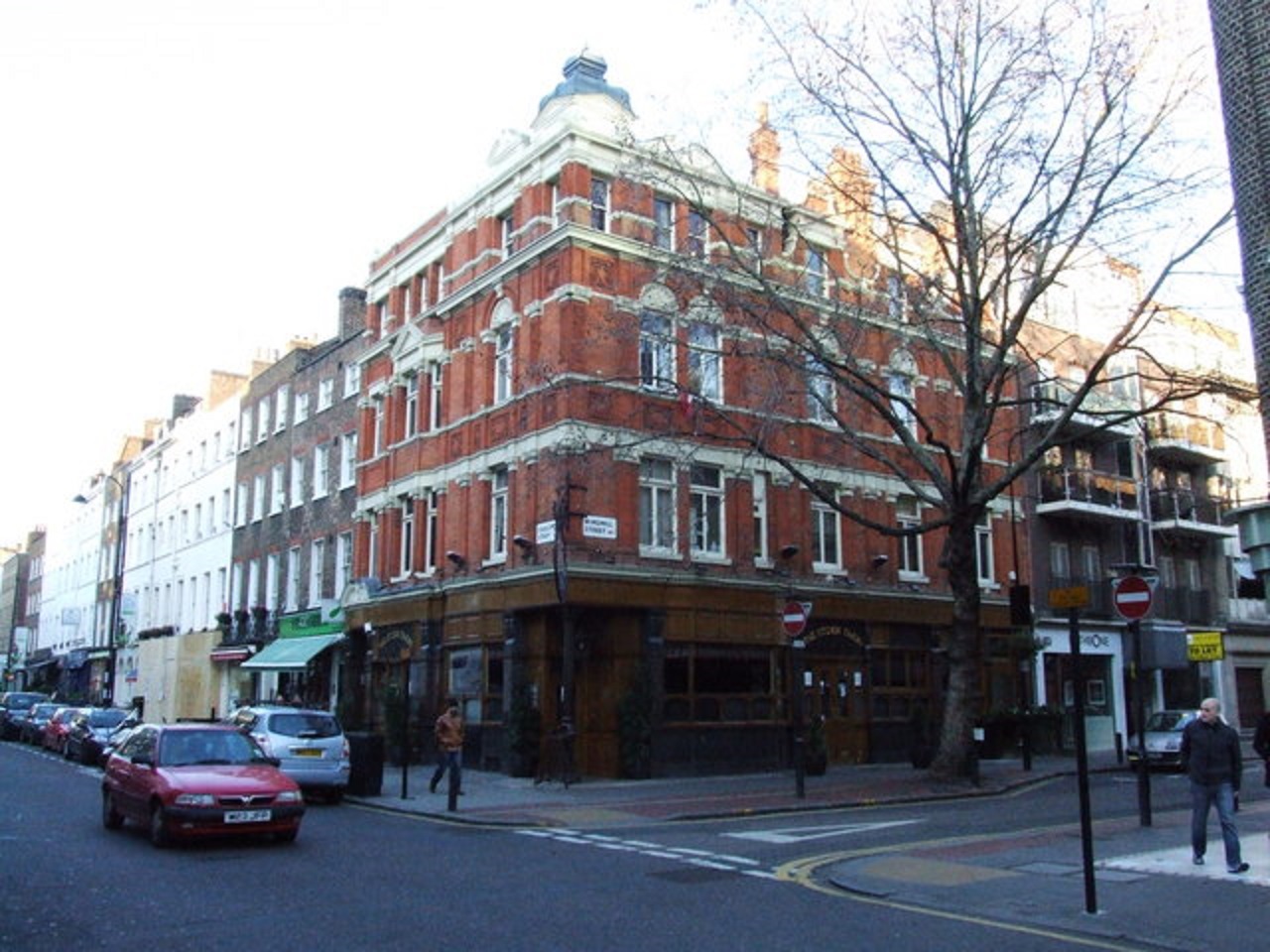 Chris Whippet, Wikimedia Commons
Chris Whippet, Wikimedia Commons
8. Dickens's House
Only one house where Charles Dickens lives still stands, at 48 Doughty Street, which is now a museum. He lived there from 1837 and 1839, and it’s where he wrote Oliver Twist and The Pickwick Papers.
9. Jimi's Last Show
Ronnie Scott’s Jazz Club on Frith Street was the site of Jimi Hendrix’s last public performance in 1970.
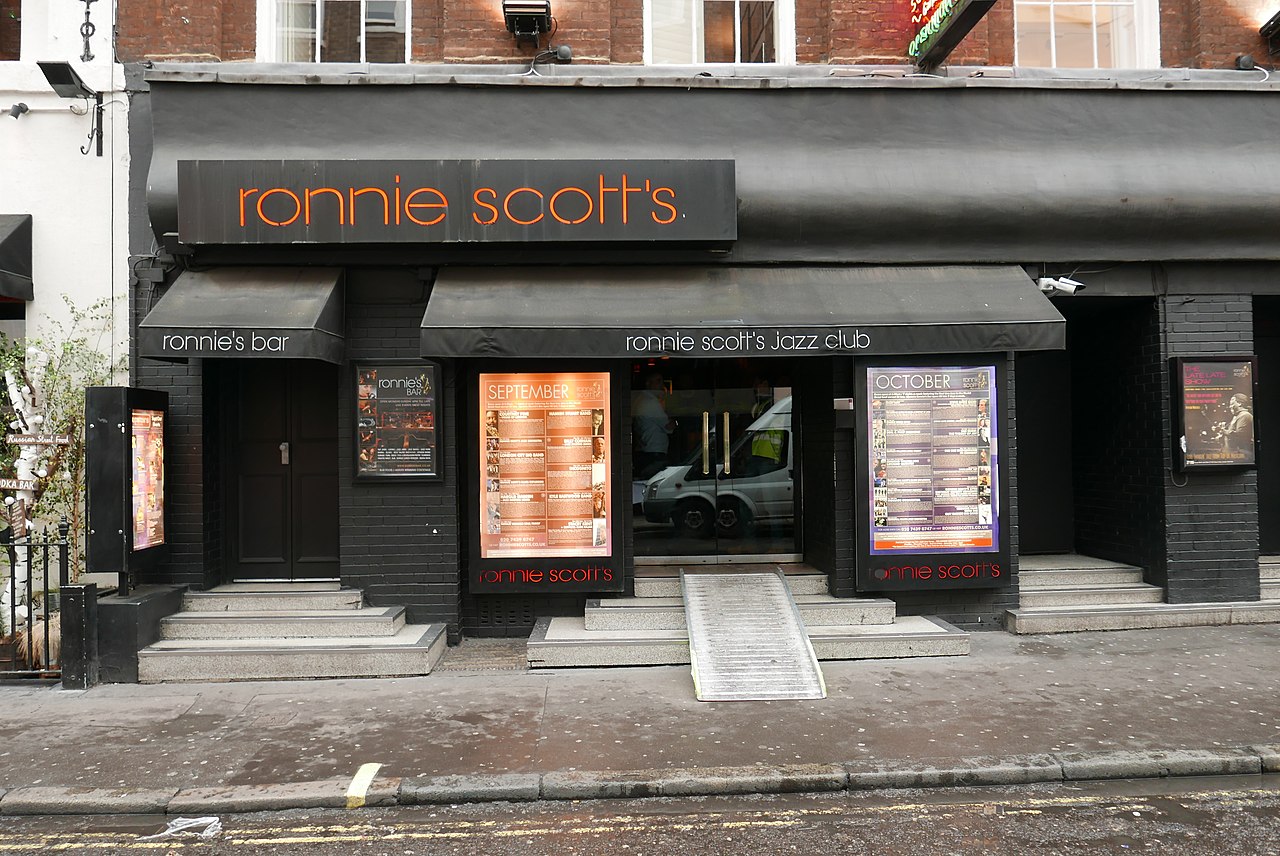 Yvesdebxl, CC BY-SA 4.0, Wikimedia Commons
Yvesdebxl, CC BY-SA 4.0, Wikimedia Commons

Sign up to our newsletter.
History’s most fascinating stories and darkest secrets, delivered to your inbox daily. Making distraction rewarding since 2017.
10. World's Largest Building
You could fit either the Great Pyramid at Giza or the Statue of Liberty inside the Millennium Dome, now known as the O2 Arena, the largest structure of its kind in the world by measure of floor space.
11. Nelson's Column
Before the statue of Nelson was placed on top of the 17-foot-tall column in Trafalgar Square in 1842, 14 stone masons had dinner at the top. Hitler wanted to dismantle Nelson’s column and rebuild it in Berlin.
12. The Reading Room
The reading room at the British Museum is where Karl Marx wrote Das Kapital in between bouts of getting very drunk and asking Friedrich Engels to lend him more money.
13. The Lonely Road
Until 1994 there were no “Road”s in the City of London. This is because the City of London is just one county within what is now known as the Metropolis of London. Now there’s only one road, Goswell Road, which became part of the Square Mile in 1994 after boundary changes to the city. There are plenty of Lanes, Streets, and Ways, but public paths weren’t generally referred to as roads until the 16th century. But you may say to yourself what about Abbey Road, that is in London. It is in the Metropolis of London, not the City of London.
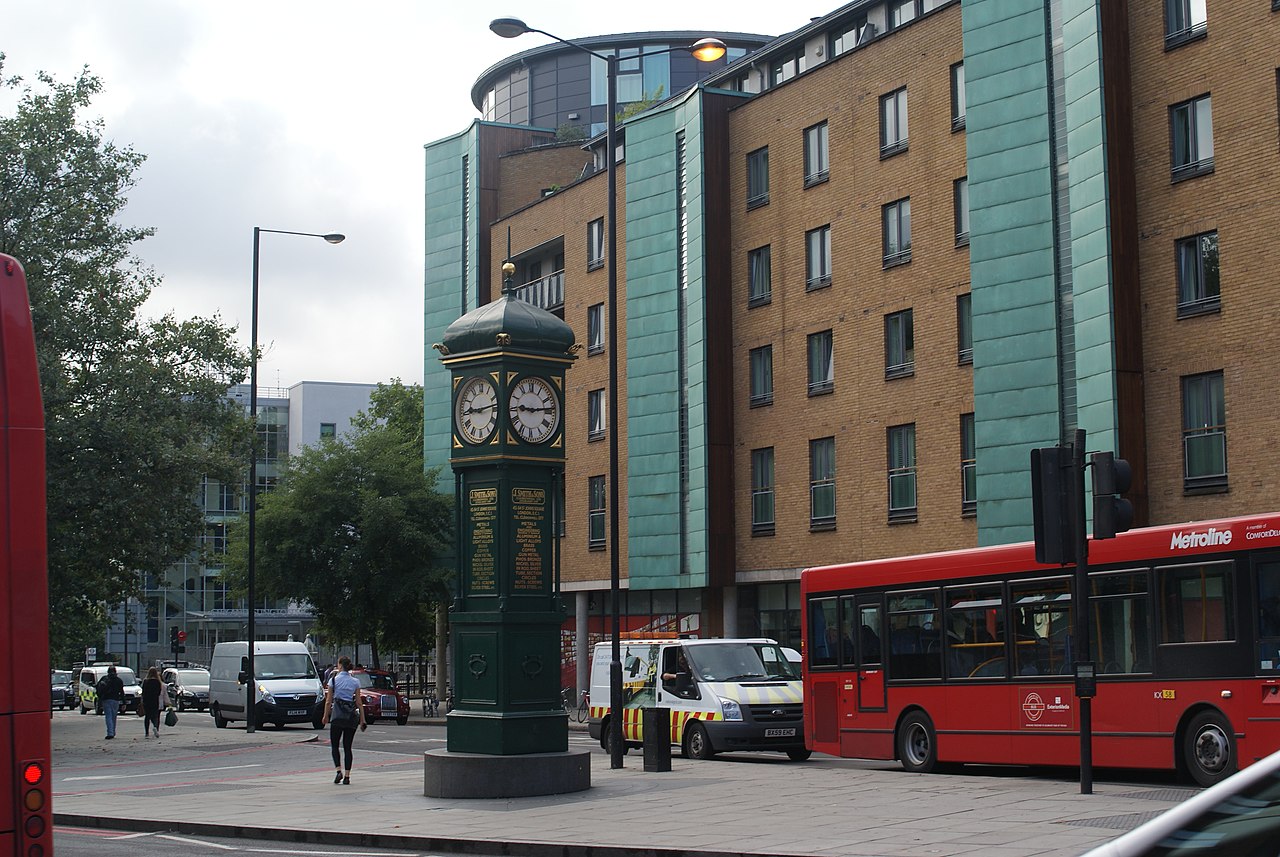 Хомелка, CC BY-SA 4.0, Wikimedia Commons
Хомелка, CC BY-SA 4.0, Wikimedia Commons
14. Buried Treasure
Underneath the Cleopatra’s Needle on the Embankment there’s a time capsule from 1878 that’s said to contain cigars, a razor, a portrait of Queen Victoria, copies of 10 daily newspapers, and pictures of 12 “English beauties of the day”.
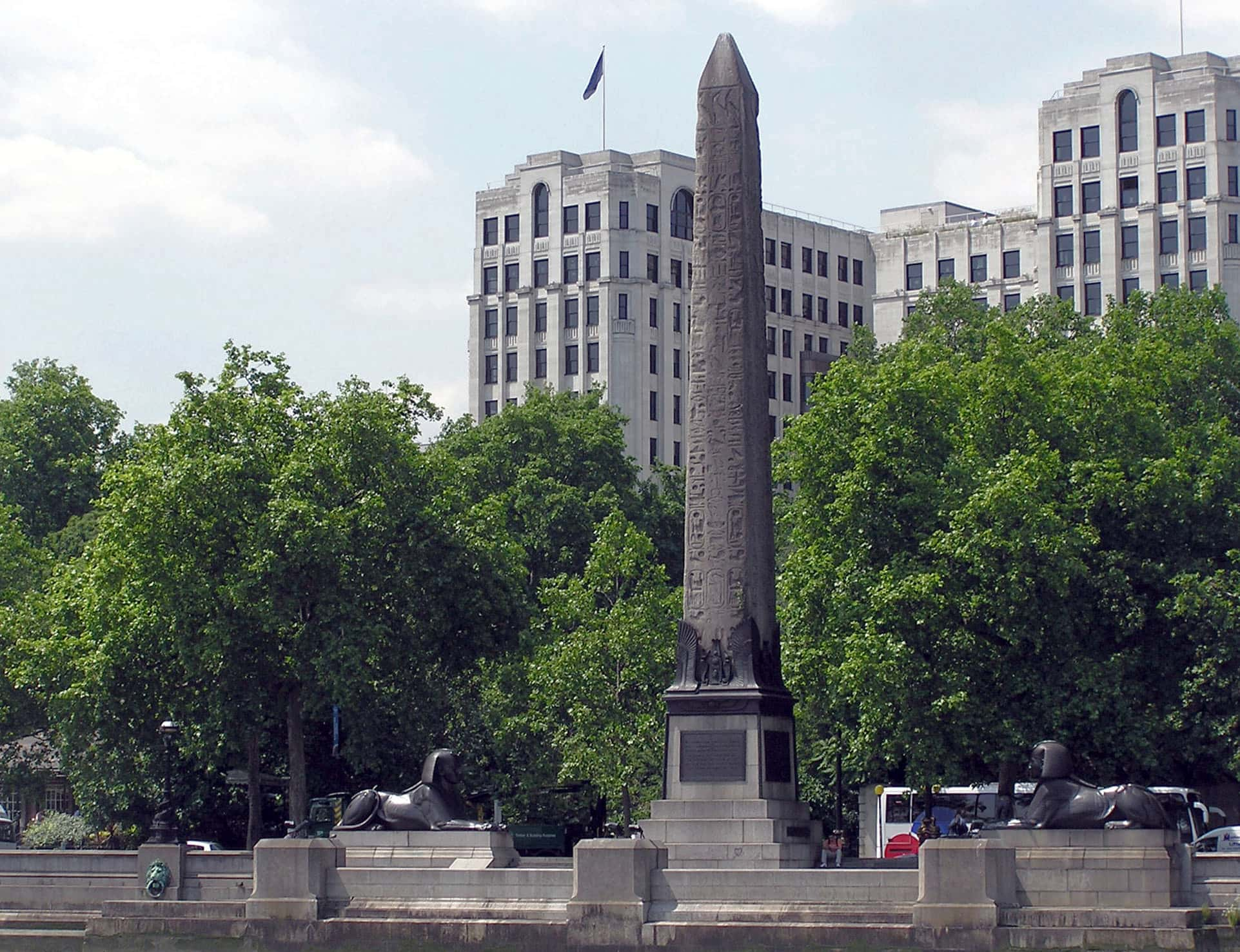 Arpingstone, Wikimedia Commons
Arpingstone, Wikimedia Commons
15. Lifetimes of Service
The Queen’s Remembrancer is the oldest continually existing legal post in England and Wales. He presides over ceremonies that sound like they’re from a fantasy novel such as the Trial of the Pyx, where goldsmiths are sworn in to weigh coins from the Royal Mint.
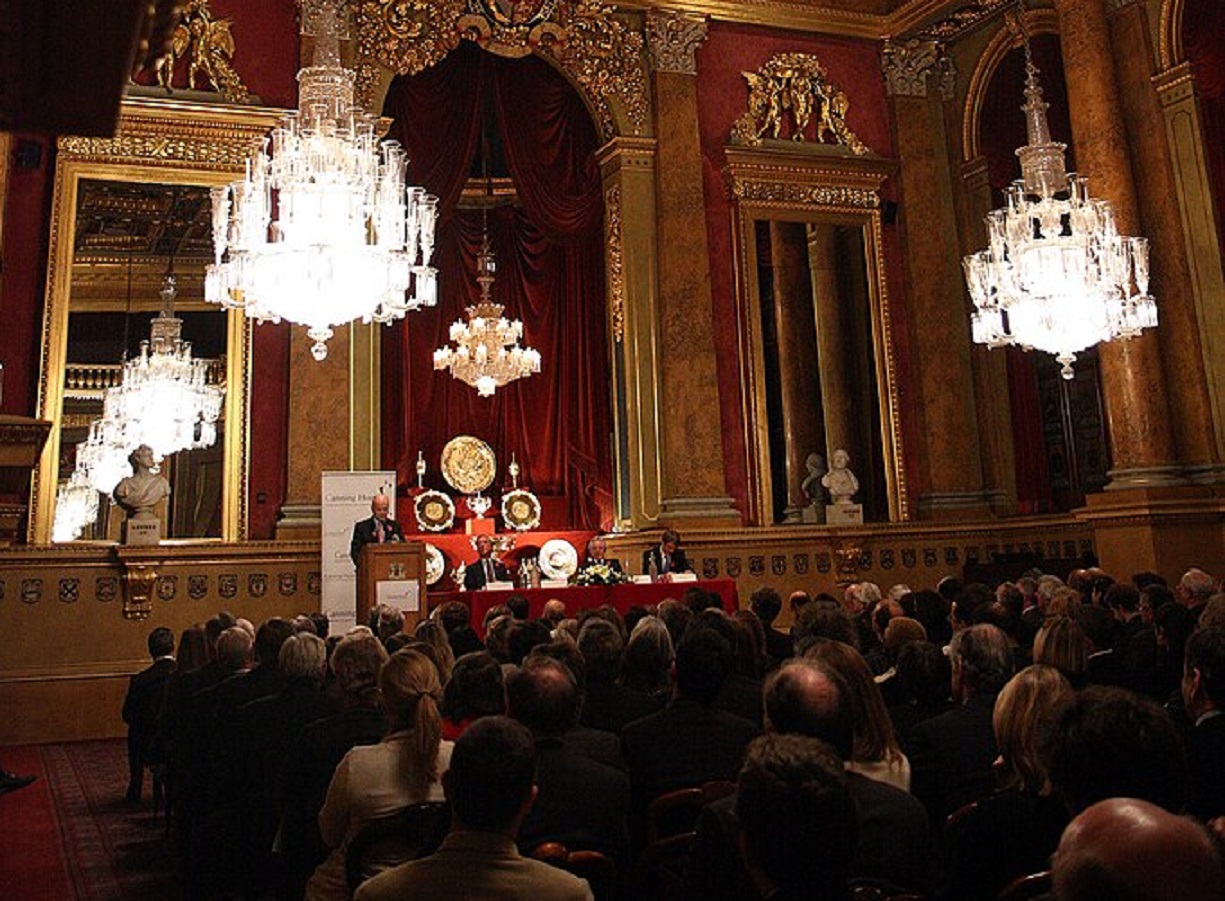 Foreign and Commonwealth Office, Wikimedia Commons
Foreign and Commonwealth Office, Wikimedia Commons
16. Arsenal Station
Arsenal is the only football team in London to have a Tube station named after them. The station was called Gillespie Road and was renamed in 1932 after the team moved from Woolwich to North London.
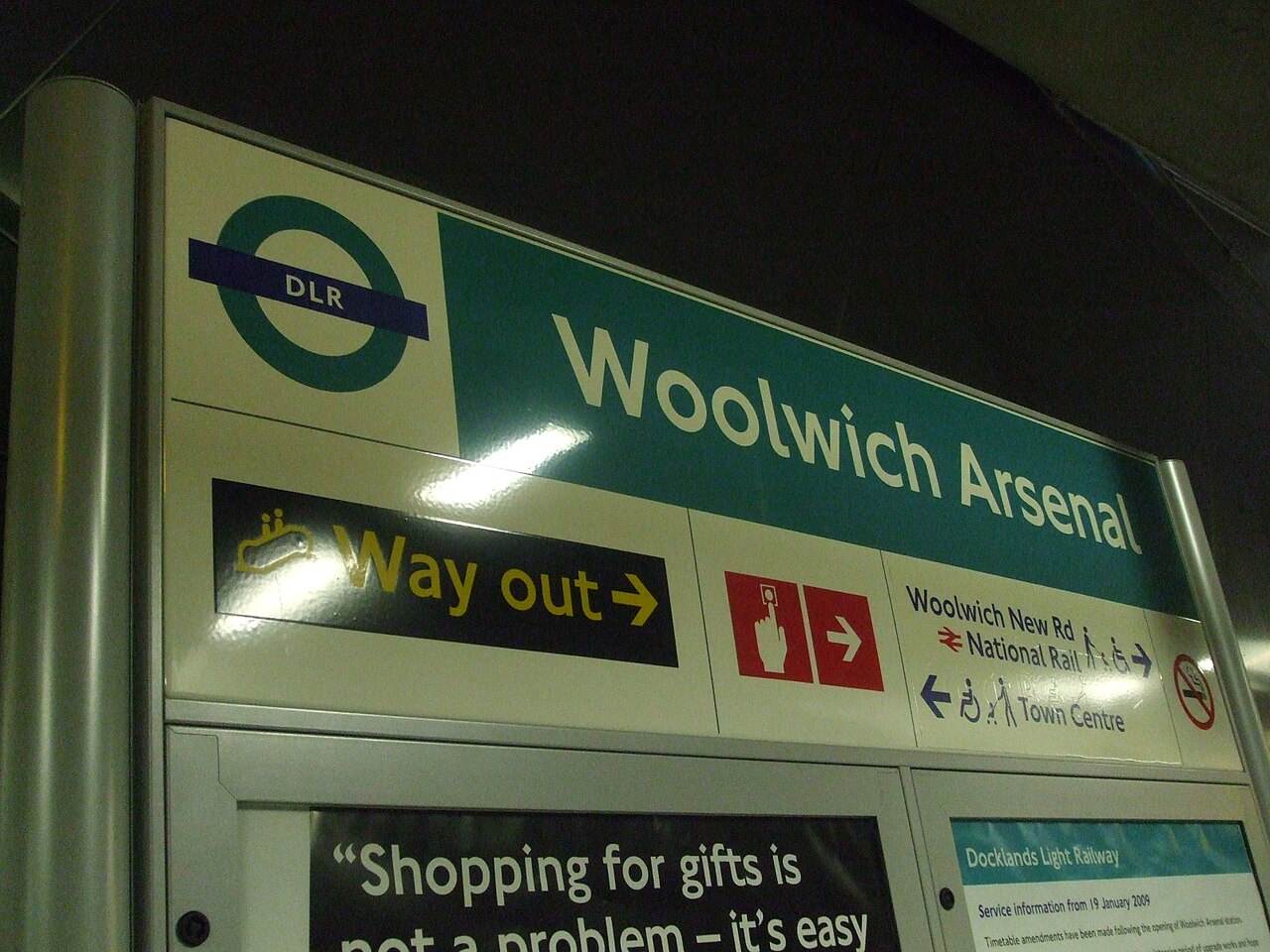 Sunil060902, CC BY-SA 3.0, Wikimedia Commons
Sunil060902, CC BY-SA 3.0, Wikimedia Commons
17. Rough Times
More than 1,000 bodies are buried underneath Aldgate station, in a plague pit built in 1665.
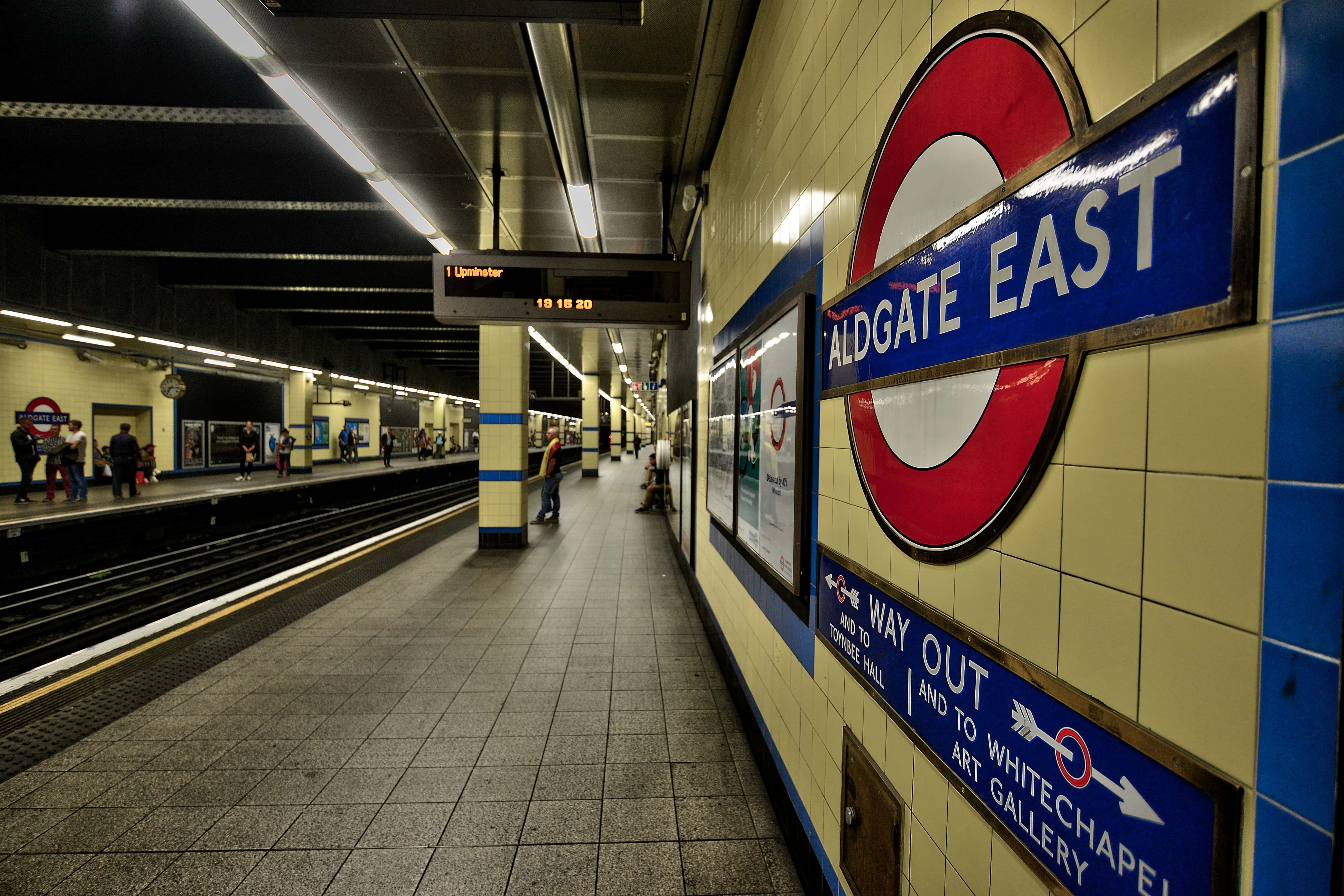 Aleem Yousaf, CC BY-SA 2.0 , Wikipedia
Aleem Yousaf, CC BY-SA 2.0 , Wikipedia
18. London Busses
London buses were not always red. Before 1907, different routes had different-colored buses.
19. Synchronized Destruction
There’s a sign on the Chelsea Embankment and Albert Bridge that orders marching troops to break their step as the cross. The regular pattern of the marching troops can create vibrations that can grow to be so intense they can demolish the structures.
20. London Bridge
The original medieval London Bridge was in use for more than 600 years; it featured heads displayed on spikes for more than half of that time, including that of Guy Fawkes and William Wallace.
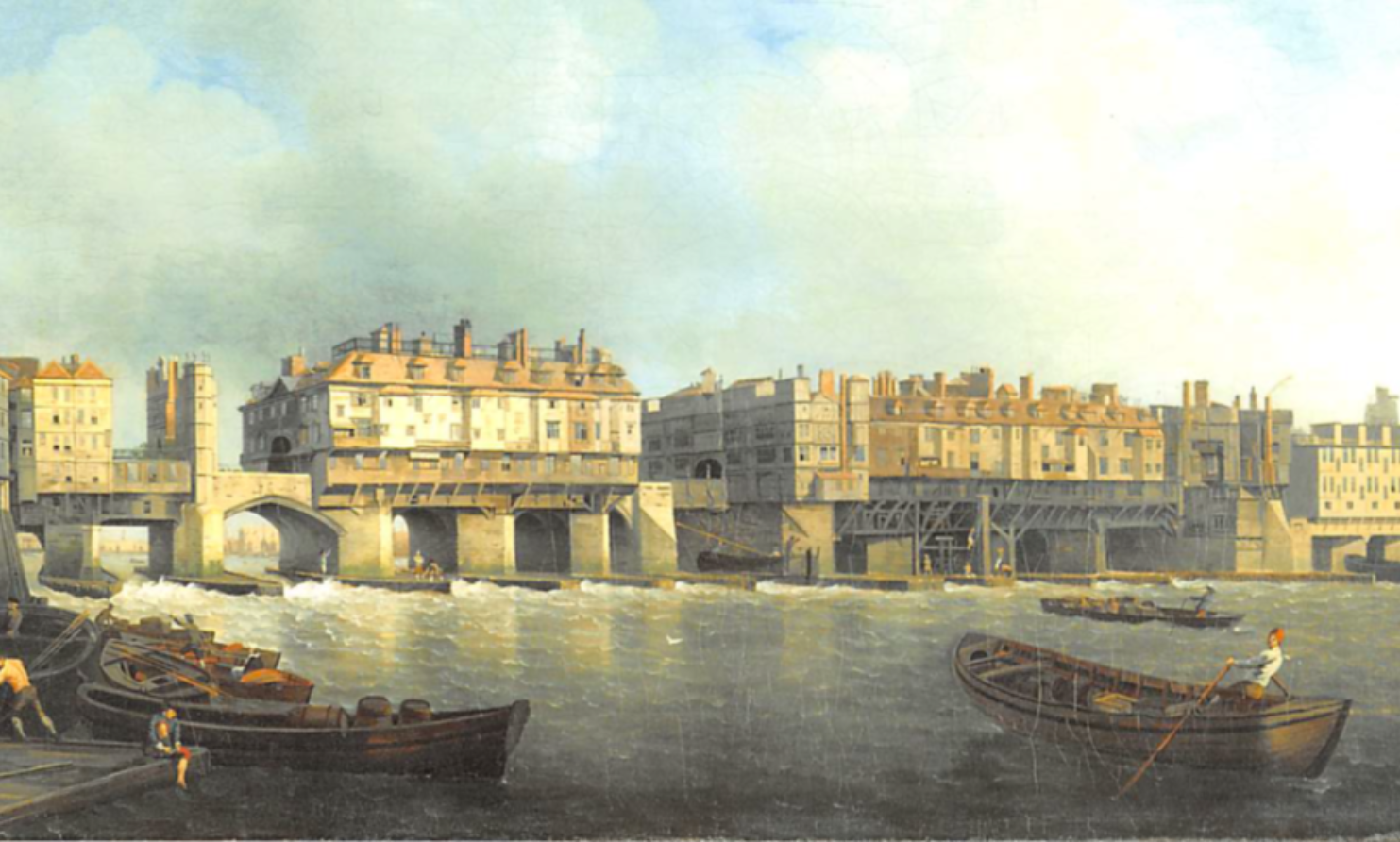 Gideon Yates, Wikimedia Commons
Gideon Yates, Wikimedia Commons
21. Tower Bridge is closed for business
Until 1910 you could walk across the walkway at the top of Tower Bridge. It was shut “due to lack of use” but also allegedly because it had started to become popular with prostitutes.
22. All Roads Lead To Rome
The oldest church in the city, All Hallows by the Tower, near Tower Hill, was founded in 675. The undercroft has Roman pavement dating from the 2nd century A.D.
23. Your Taxi Driver has a PhD in Taxiing
To pass the ‘Knowledge of London’, the insanely difficult London geography test required of black-cab drivers in the city, you must master 320 basic routes, all of the 25,000 streets that are scattered within those routes, and about 20,000 landmarks and places interest within a six-mile radius of Charing Cross. If you see someone on a scooter with a fluorescent jacket and a large map, it could well be a prospective cabbie studying for the Knowledge exam. It normally takes between two and four years to learn it fully.
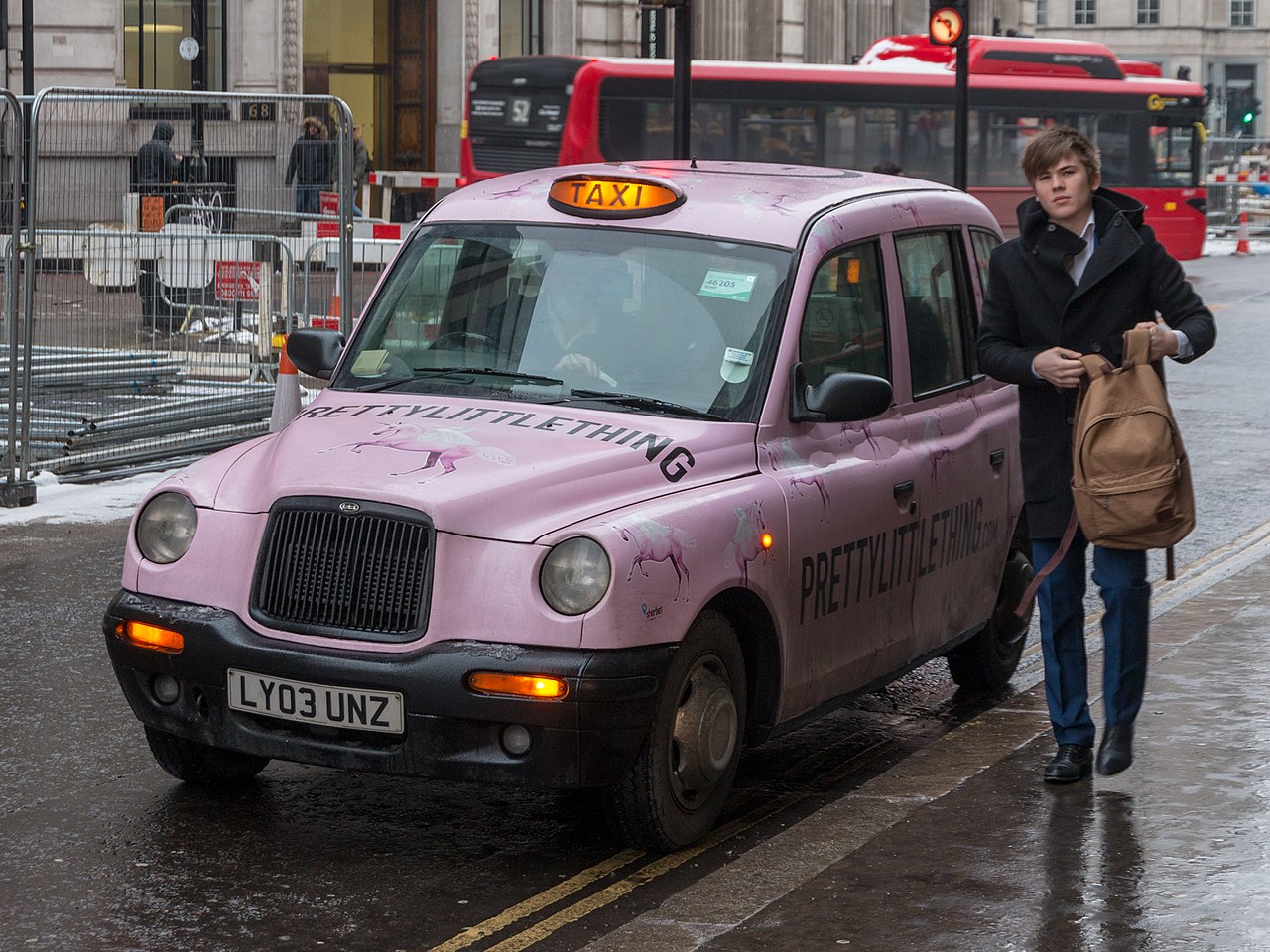 Øyvind Holmstad, CC BY-SA 4.0, Wikimedia Commons
Øyvind Holmstad, CC BY-SA 4.0, Wikimedia Commons
24. What a Joke!
An earlier name for the Spitalfields District was Lolsworth.
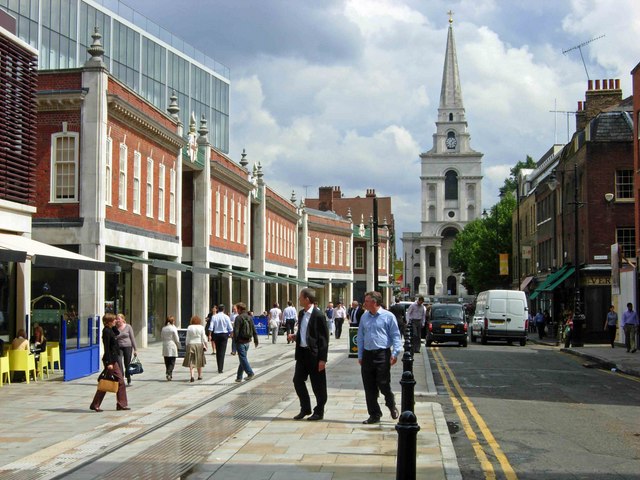 Stephen McKay ,Wikimedia Commons
Stephen McKay ,Wikimedia Commons
25. PETA Approved Fun!
Dog and Duck is a popular British pub name thanks to a game in which dogs would chase a duck whose wings had been clipped so it could only escape by diving into a pond. This was played at Balls Pond Road, near Islington, among other places across the city.
26. Motherland!
Stalin, Lenin, and Trotsky met at the now demolished Brotherhood Church on Southgate Road in Hackney for a meeting of the Russian Social Democratic Labour Party in 1907. There is a Tesco Metro on the site now.
27. The Underworld
There are several abandoned Tube stations, many of which are used for filming feature films and even hosting private parties, including Strand, closed in 1994; Down Street, closed in 1932; Brompton Road, closed in 1934; and Mark Lane, which is now an All Bar One but was once part of what is now Tower Hill.
28. All Around the Mulberry Bush
Many believe the nursery rhyme “Pop Goes the Weasel” refers to the pawning of a suit to pay for drink. “Up and down the City Road, in and out the Eagle” refers to the Eagle pub on the corner of City Road and Shepherdess Walk, which has the song lyrics on a sign outside. Ironically, the song London Bridge is Falling down has no proven connection to London Bridge or other bridges.
29. A Peaceful Pineapple
Sir Christopher Wren had originally wanted to put a stone pineapple at the top of the dome of St Paul’s Cathedral. There are pineapples on top of the two western towers. He saw them as “a symbol of peace, prosperity and hospitality”.
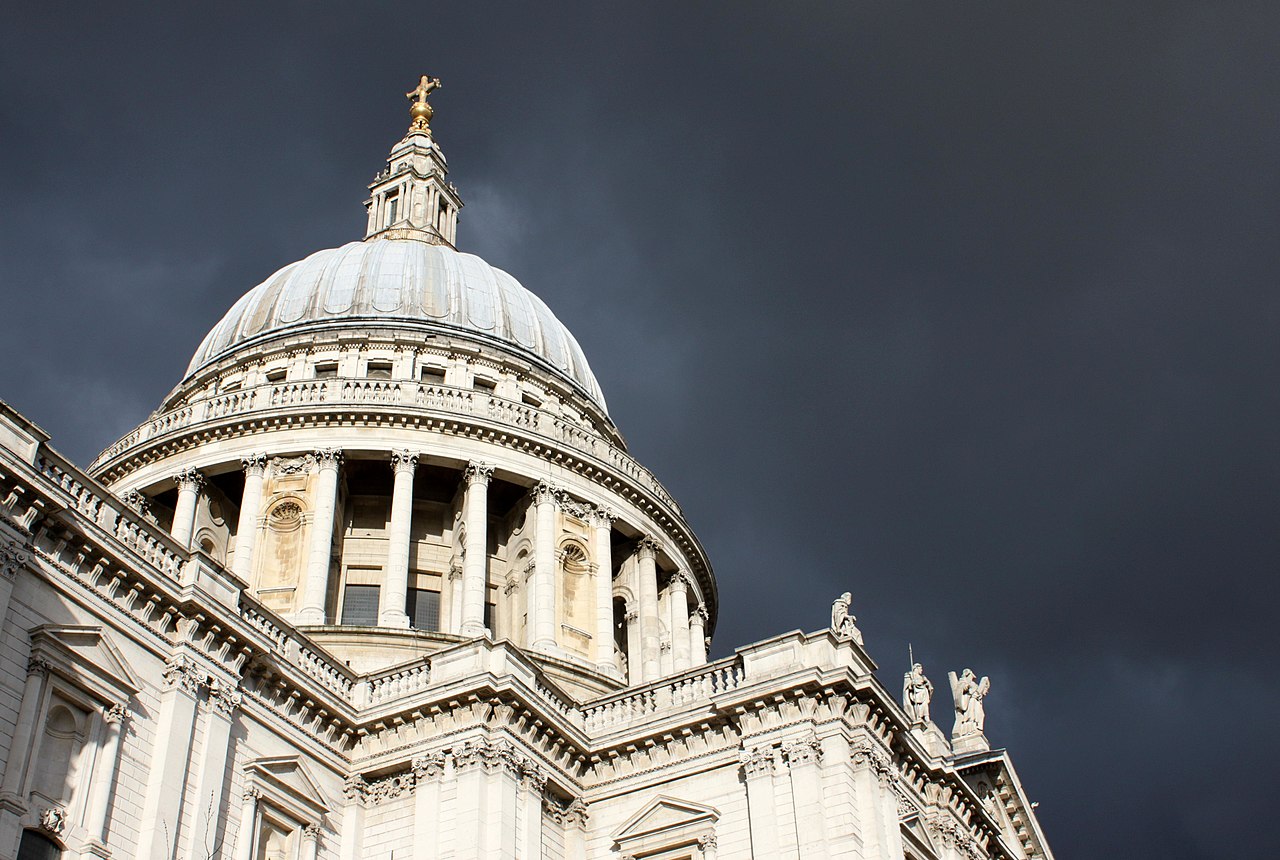 Chitrapa, CC BY-SA 4.0, Wikimedia Commons
Chitrapa, CC BY-SA 4.0, Wikimedia Commons
30. People didn’t always want to visit the tower of London…
The White Tower, which gives the entire castle its name, was built by William the Conqueror in 1078, and was a resented symbol of oppression, inflicted upon London by the new ruling elite. The castle was used as a prison from 1100 until 1952 although that was not its primary purpose. A grand palace early in its history, it served as a royal residence The Tower is a complex of several buildings set within two concentric rings of defensive walls and a moat. The last person to be executed at the Tower of London was German solider Josef Jakobs in 1941.
 Samspade79, CC BY-SA 3.0 , Wikimedia Commons
Samspade79, CC BY-SA 3.0 , Wikimedia Commons
31. RIP Fluffy
There is a pet cemetery in Hyde Park. Some of the tombstones that can be found here date back to the 1800’s. This graveyard was initially created in secret but the desire to formally bury the family pet quickly caught on. There are over 300 graves there now.
32. Oops…
There is a memorial to a Nazi dog in London. You can see the grave of Giro, the German ambassador’s dog, who was “accidentally electrocuted” in 1934 at the top of the steps by the Duke of York monument off Pall Mall, which is where the German Embassy stood until the breakout of World War II.

